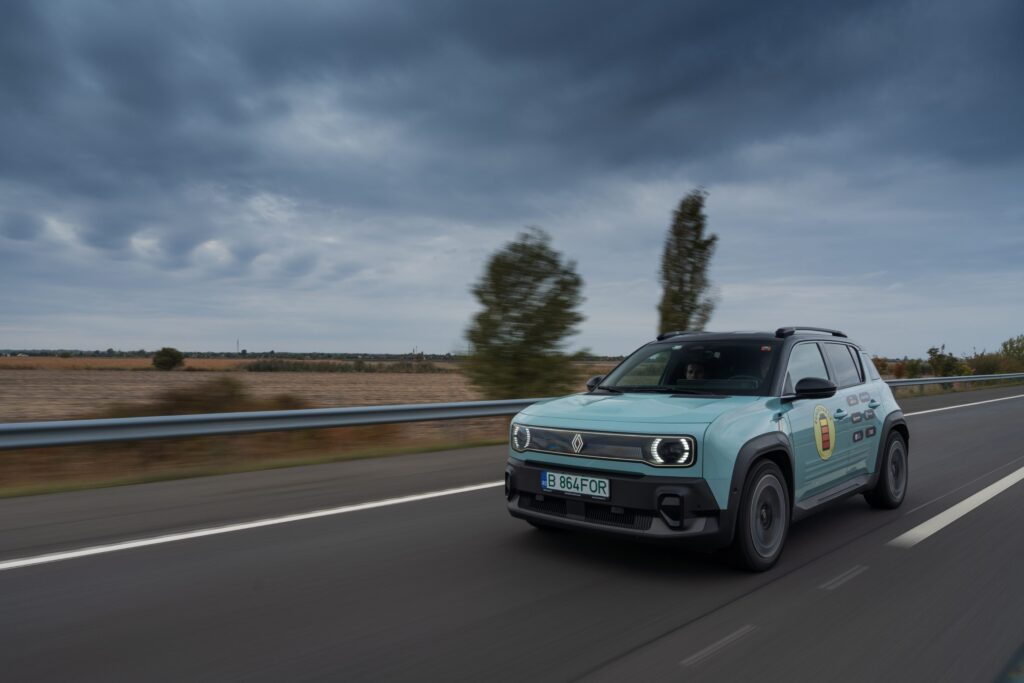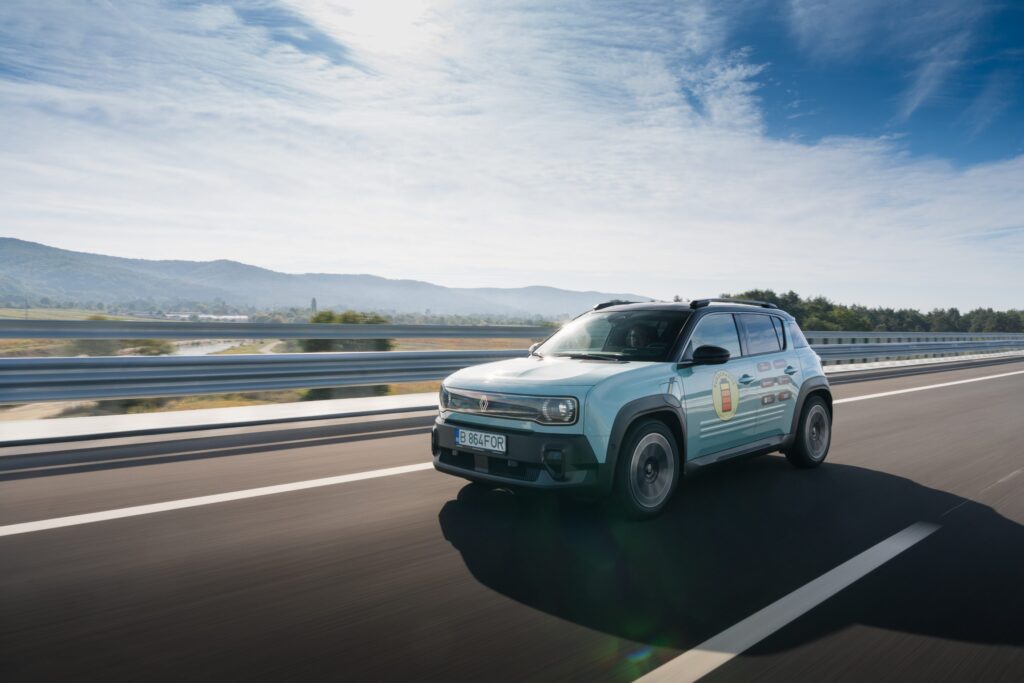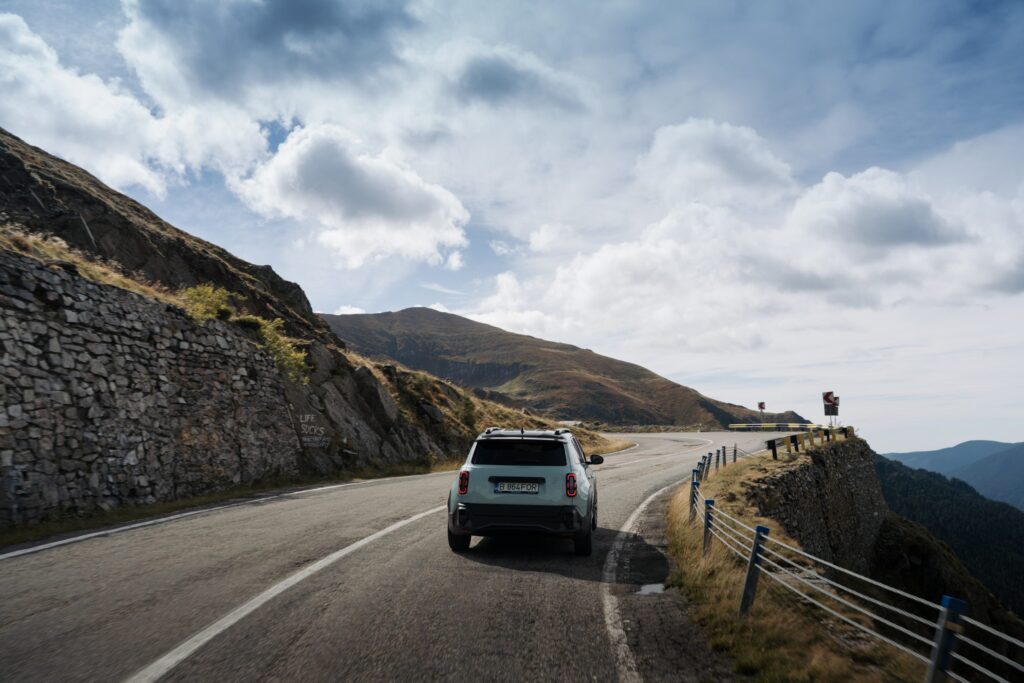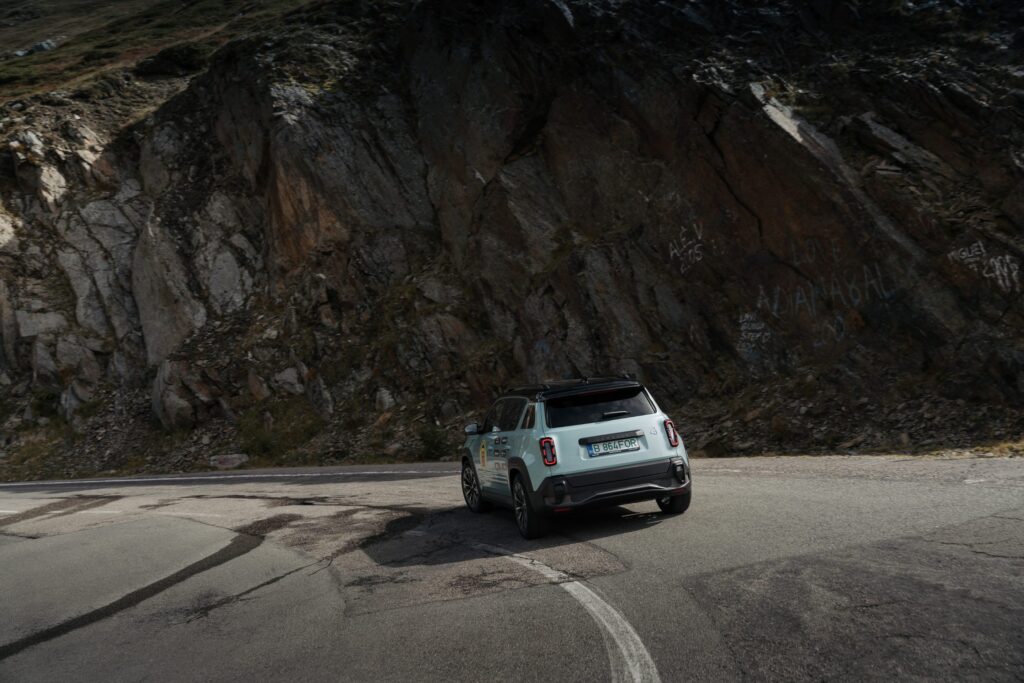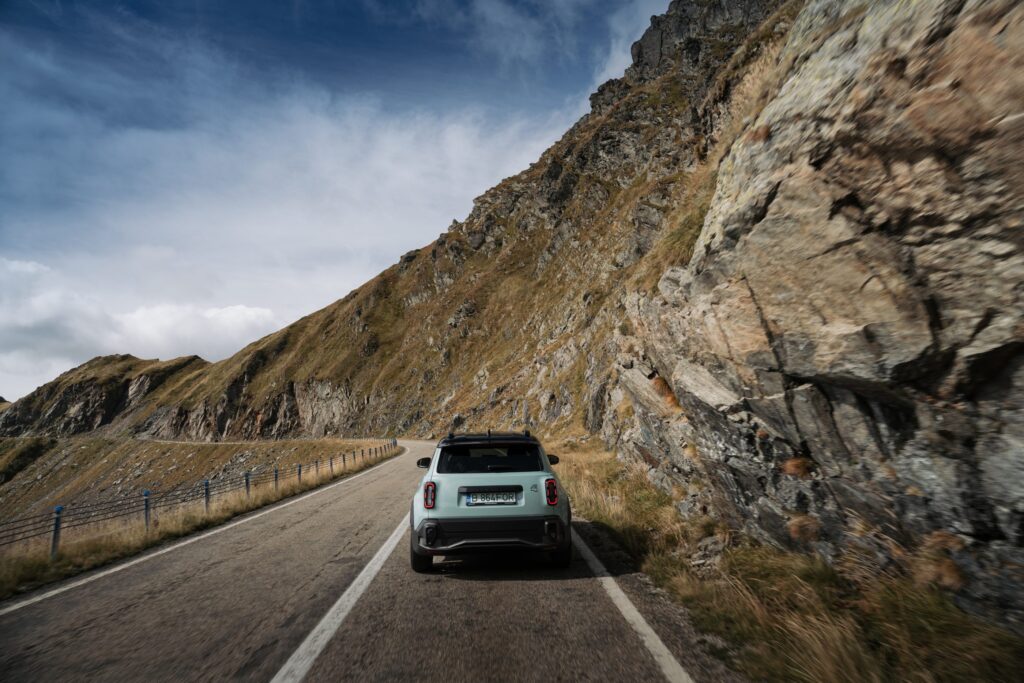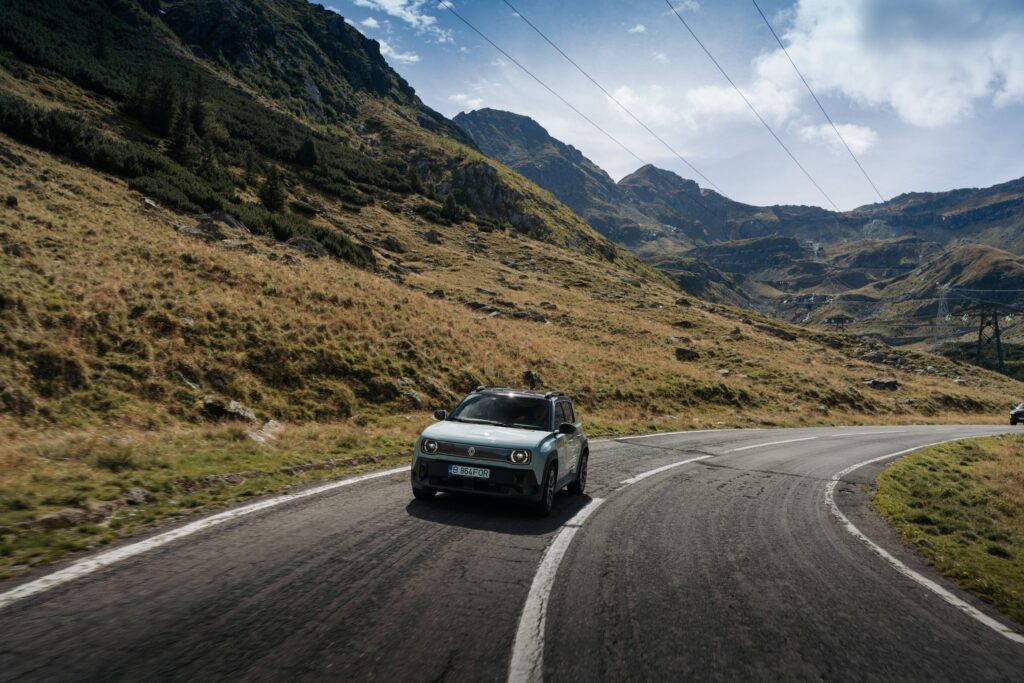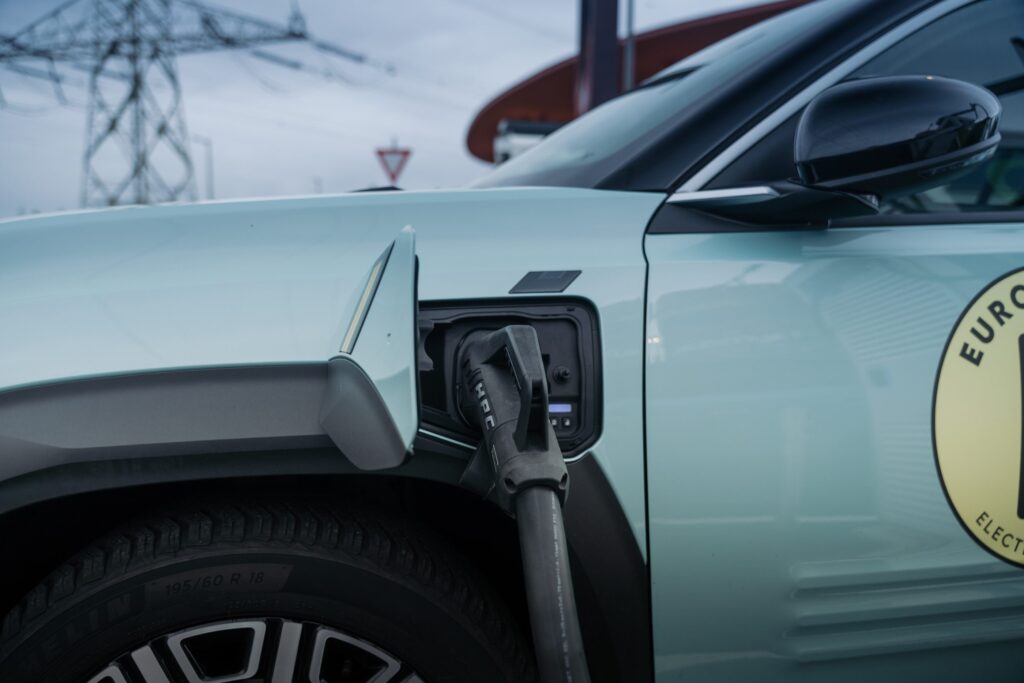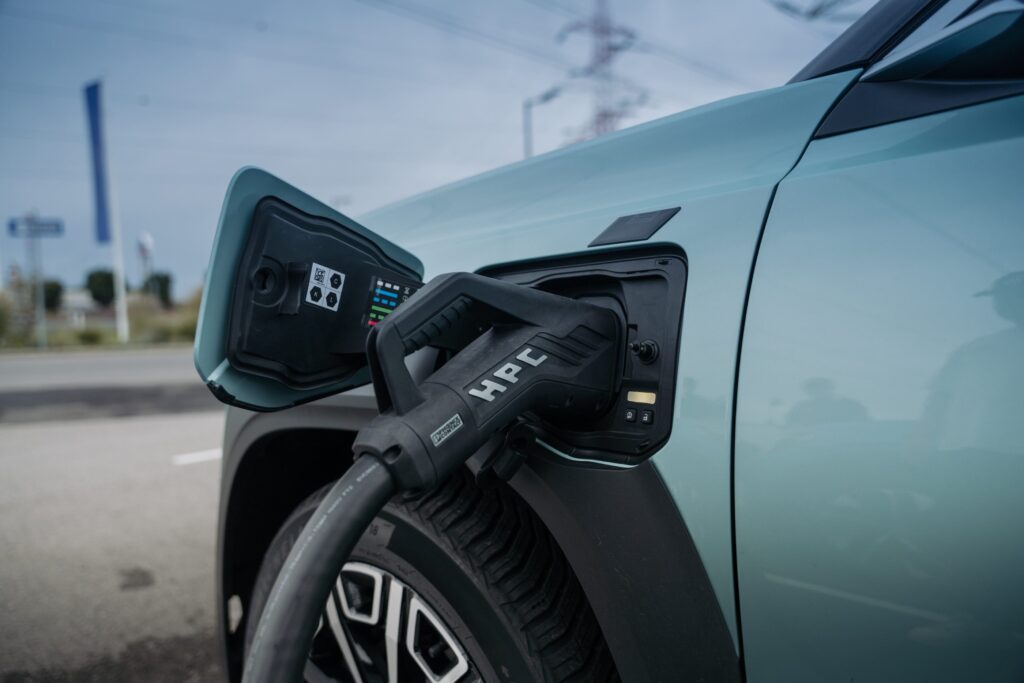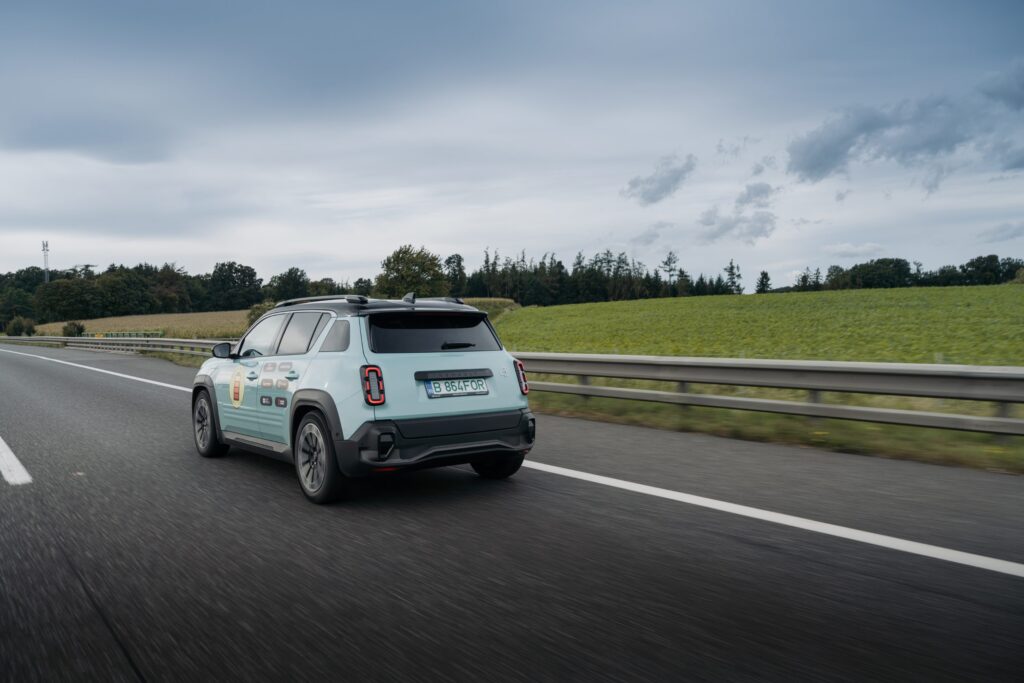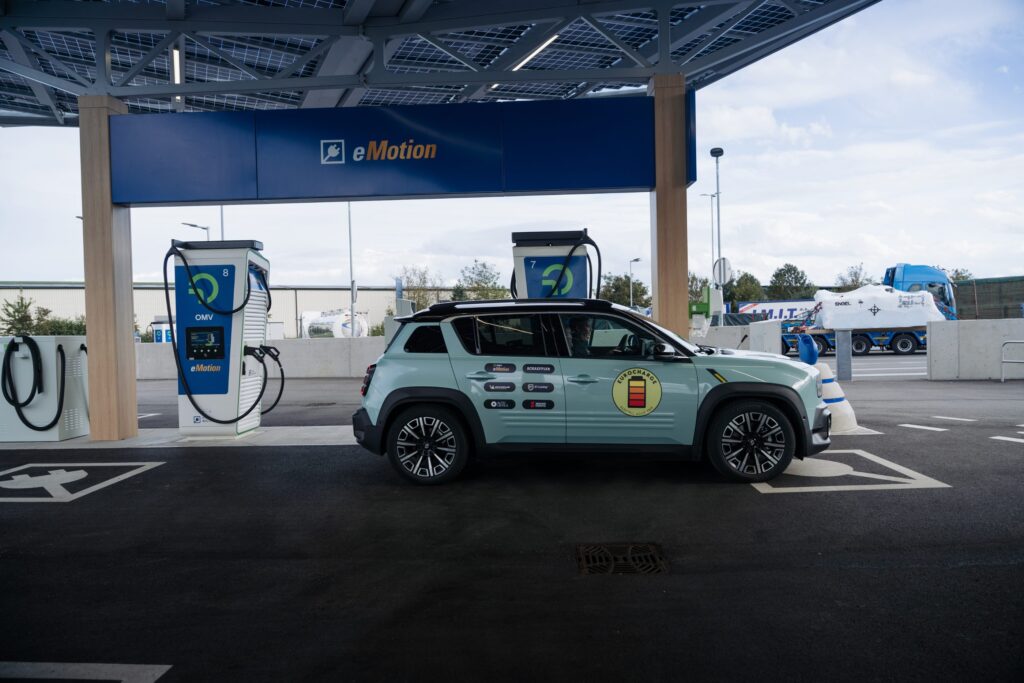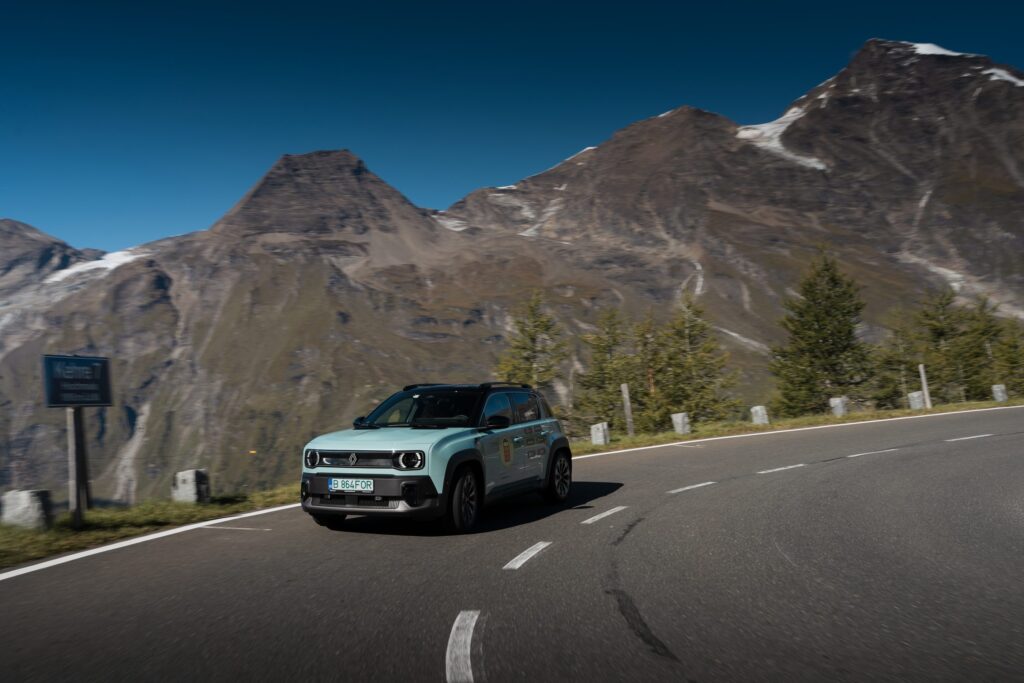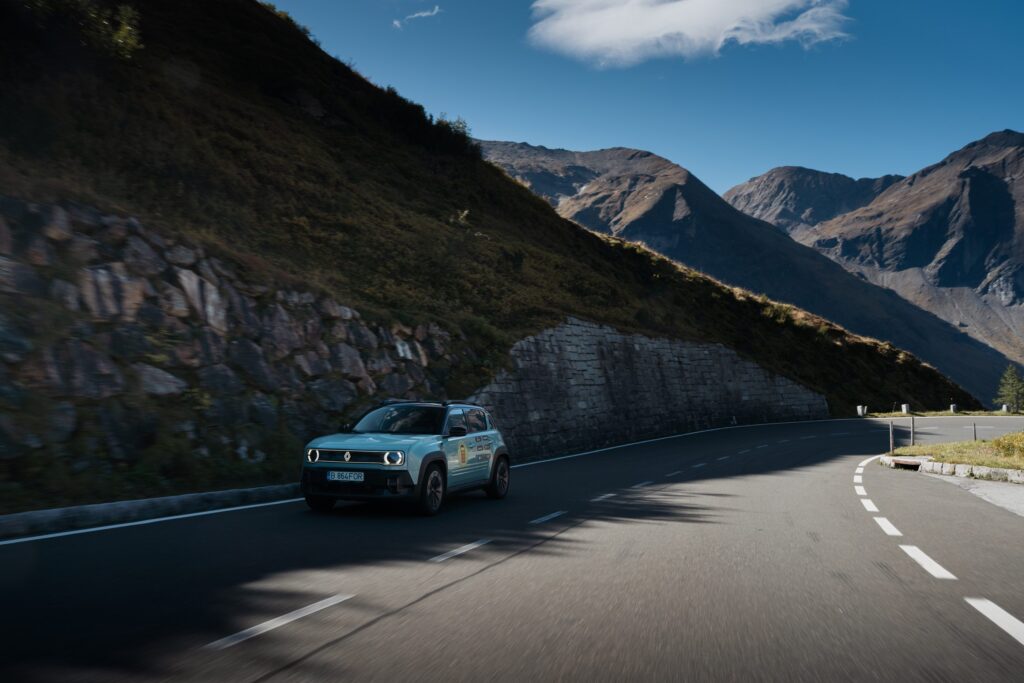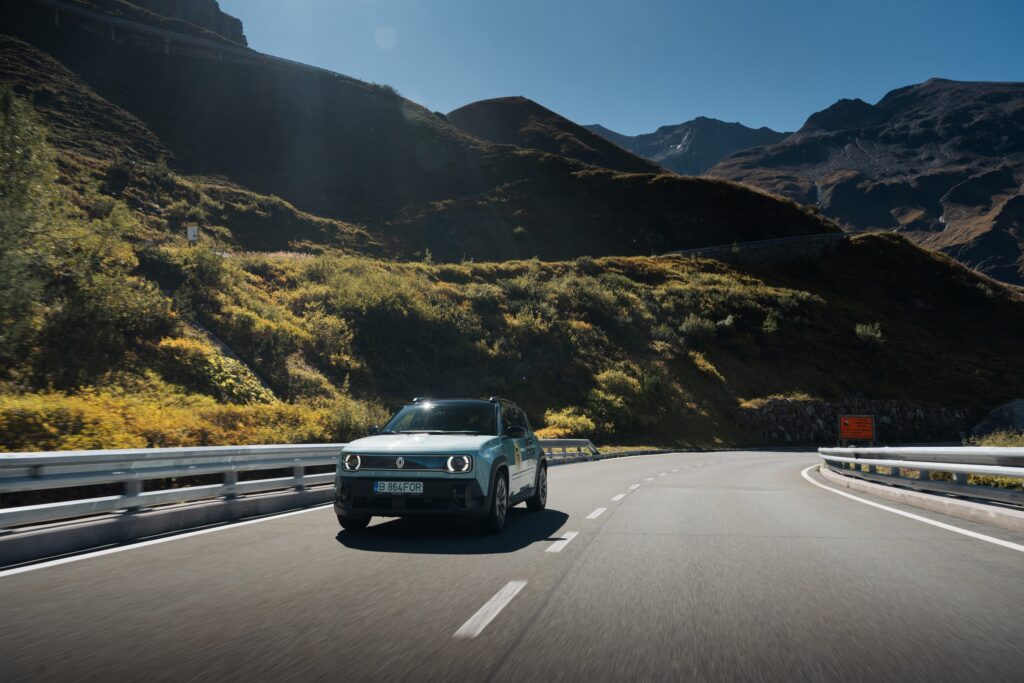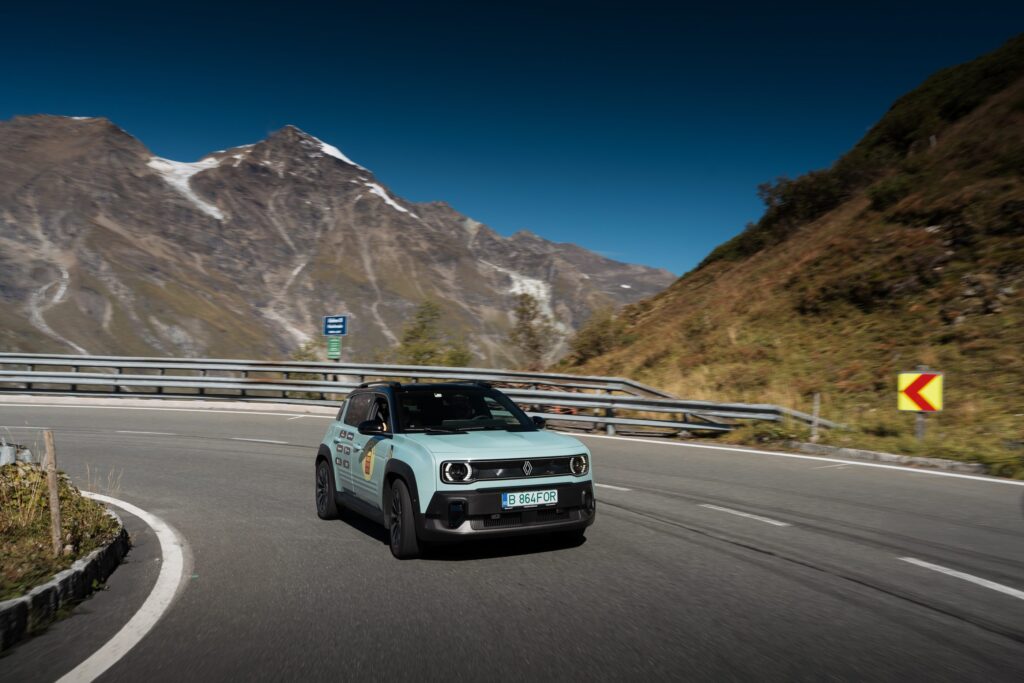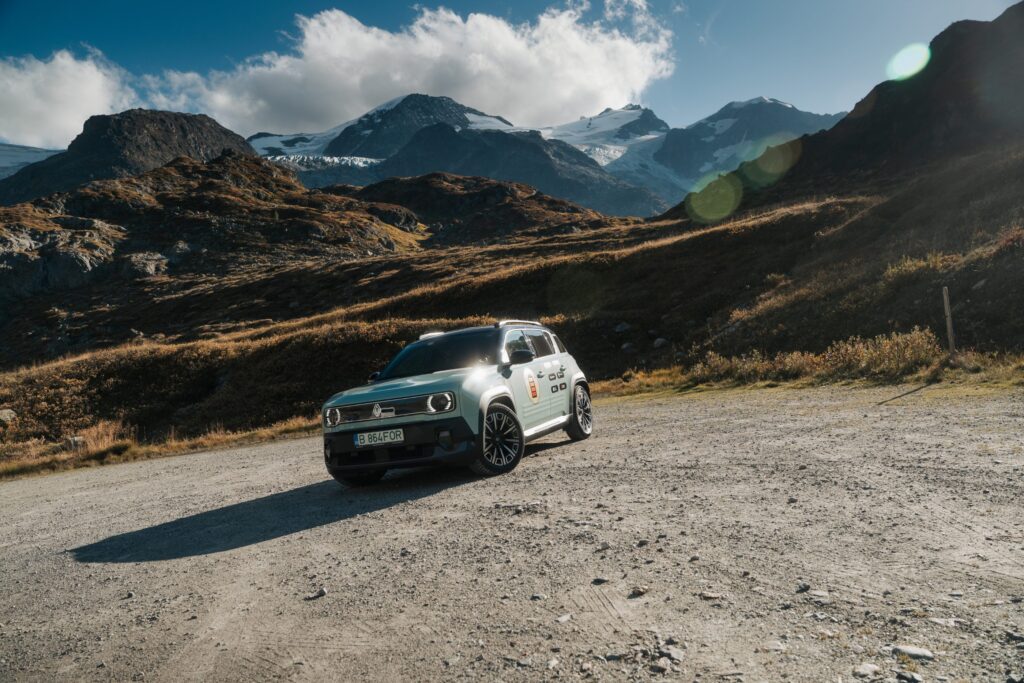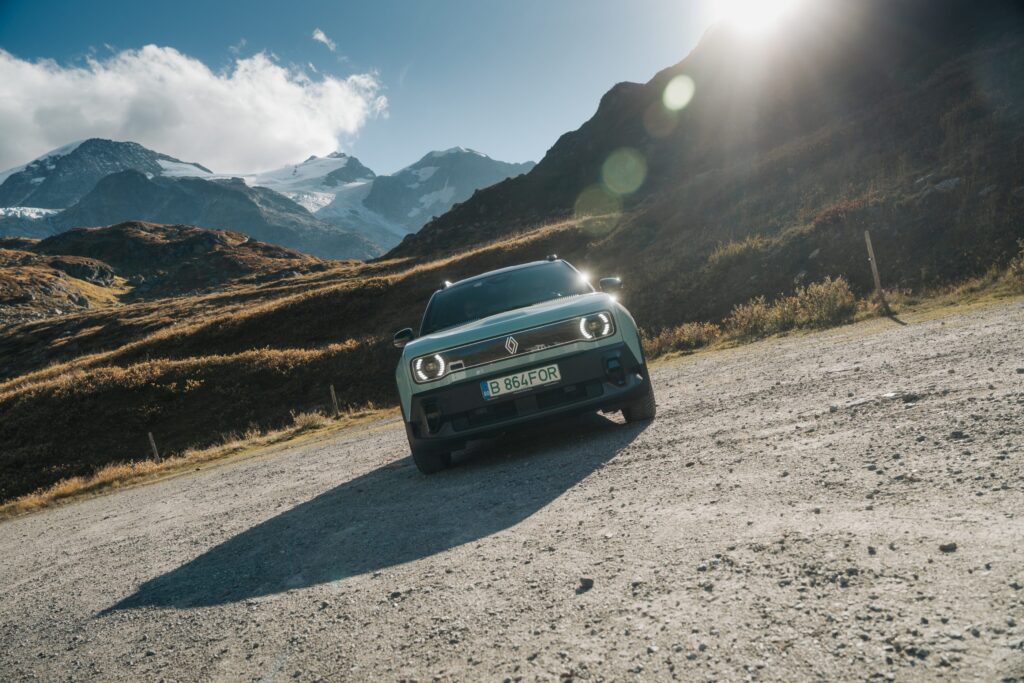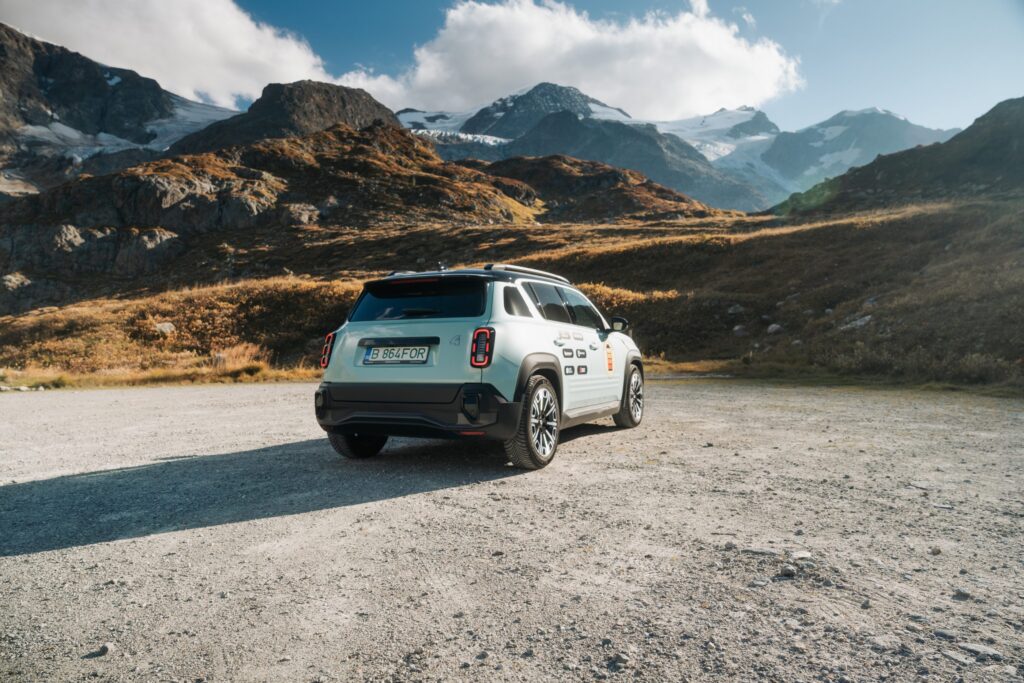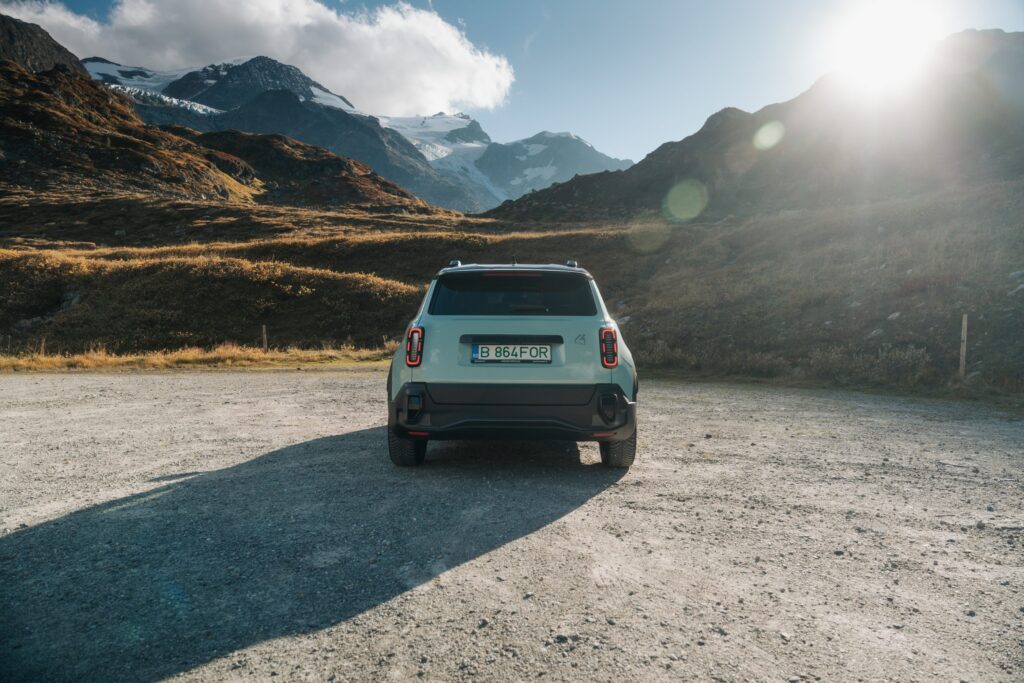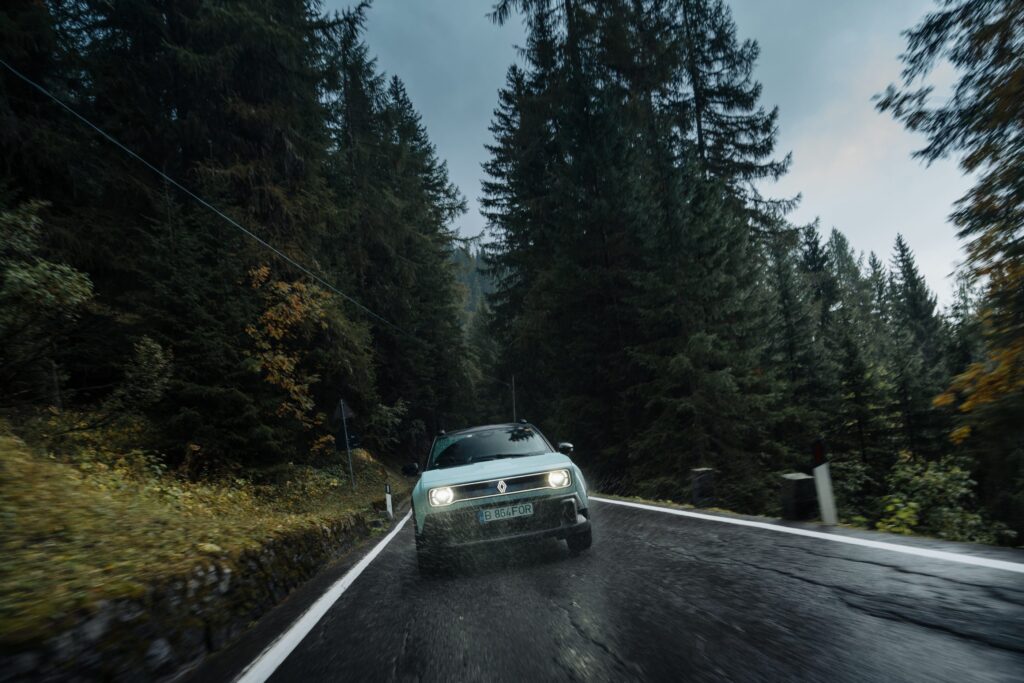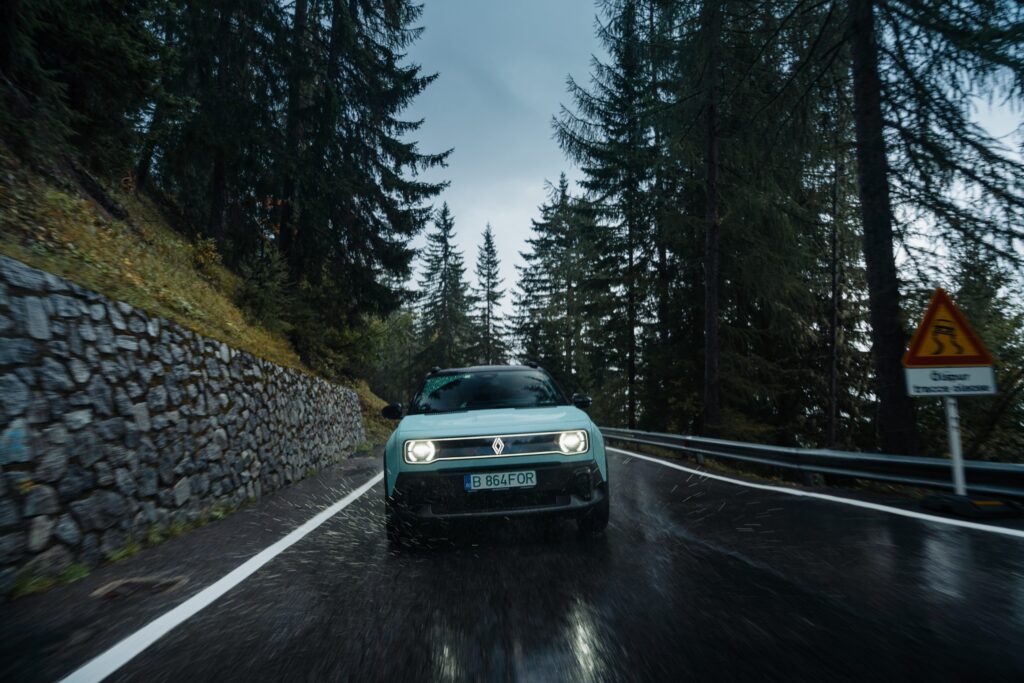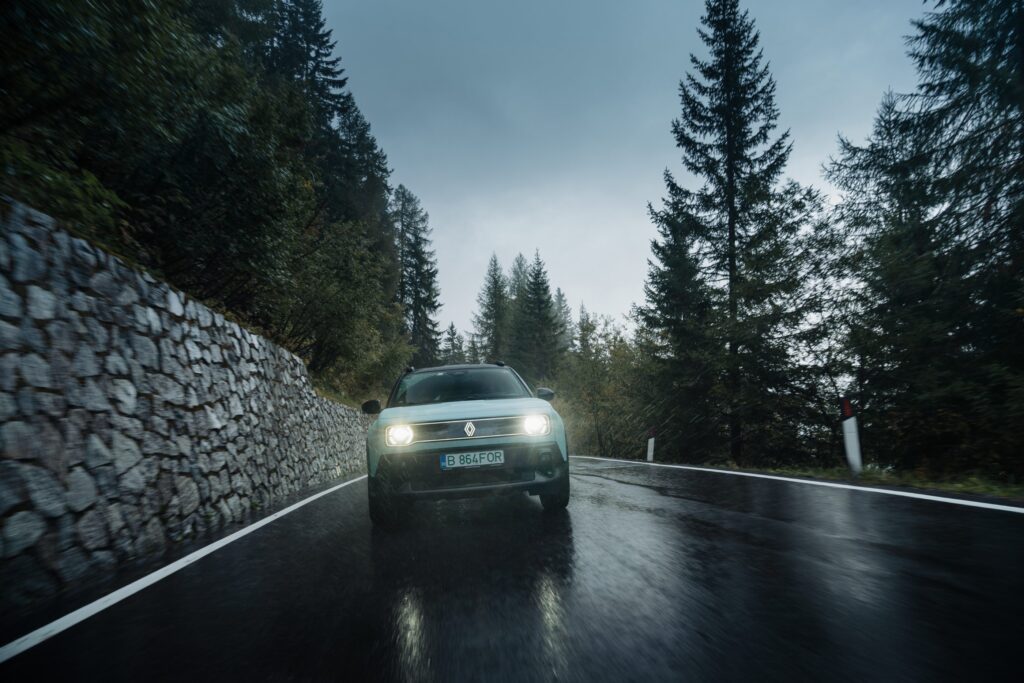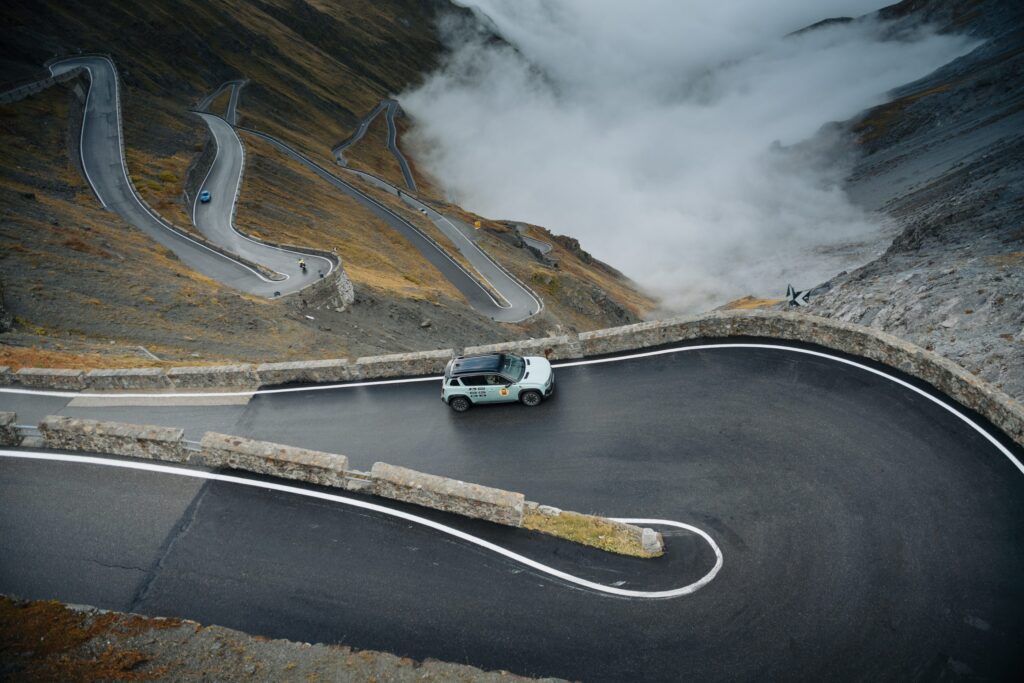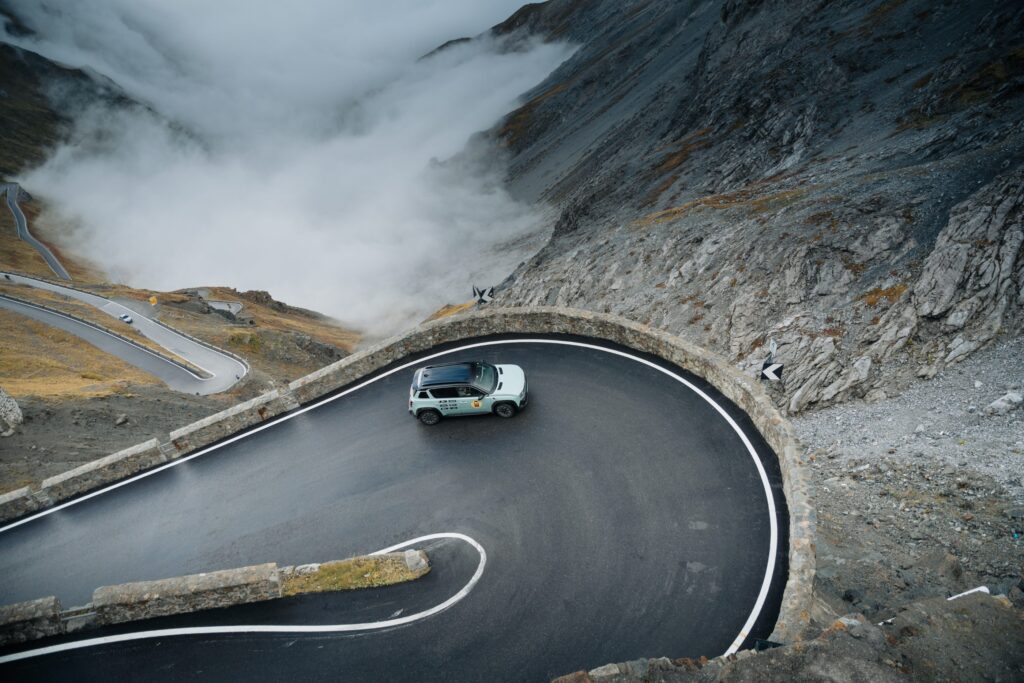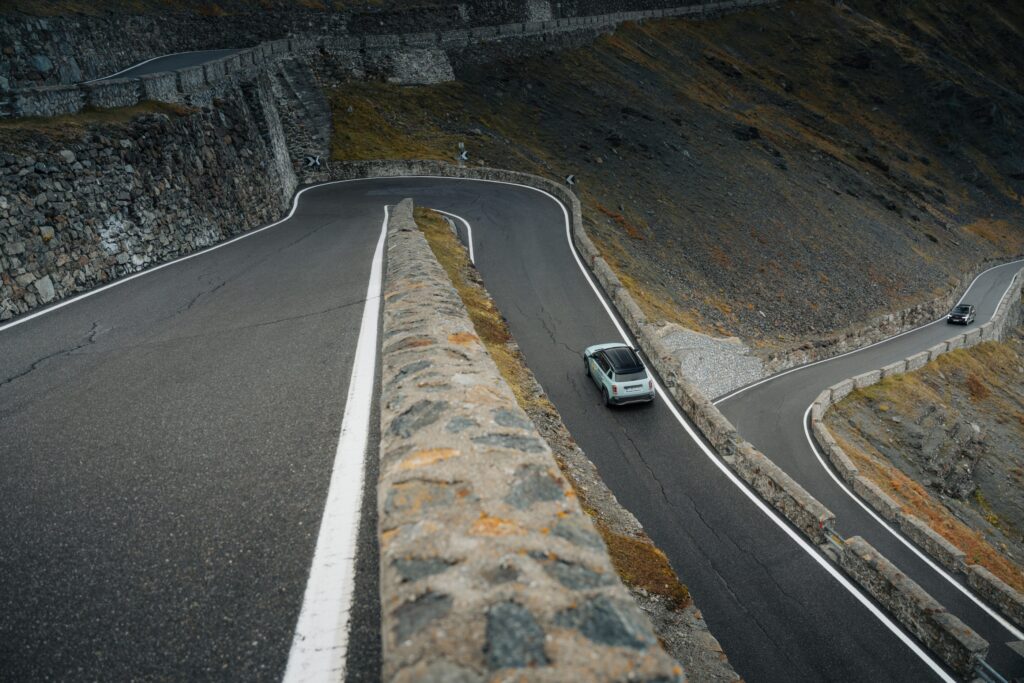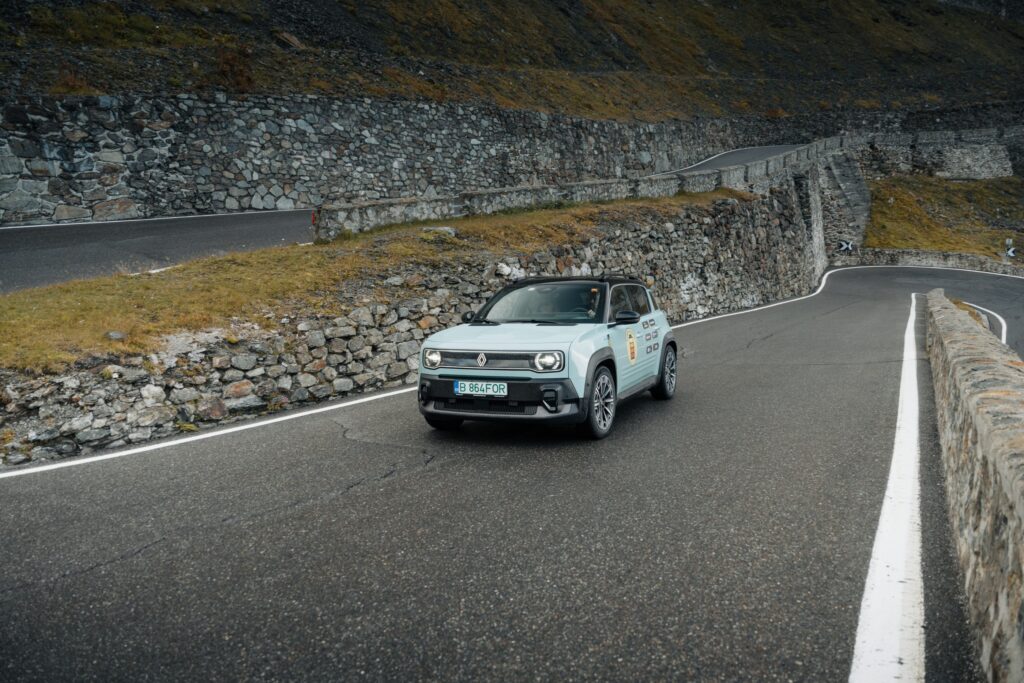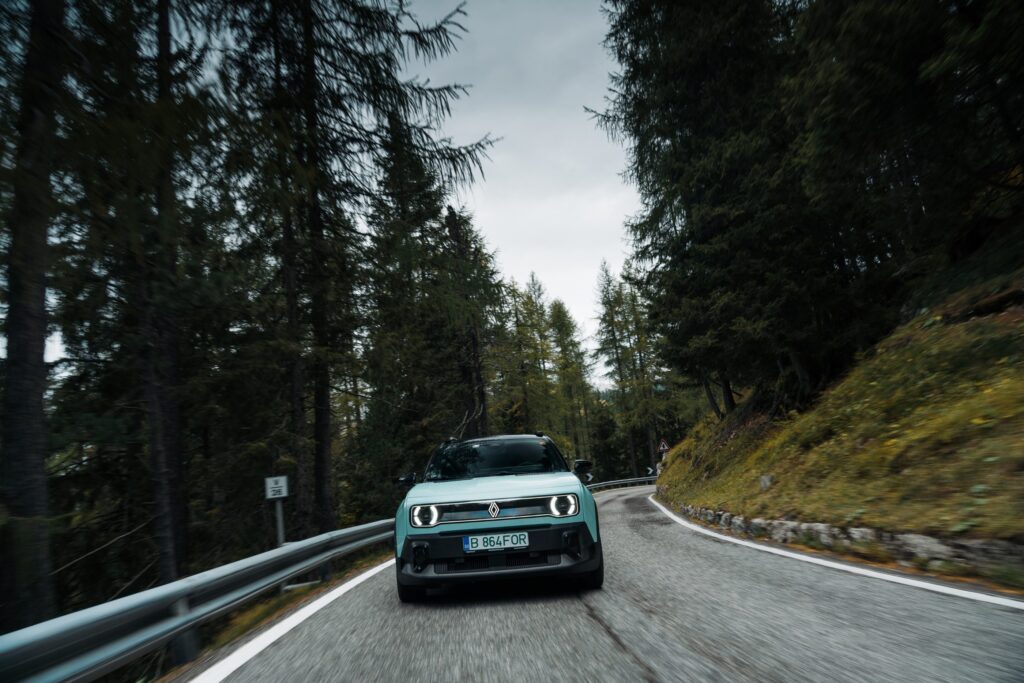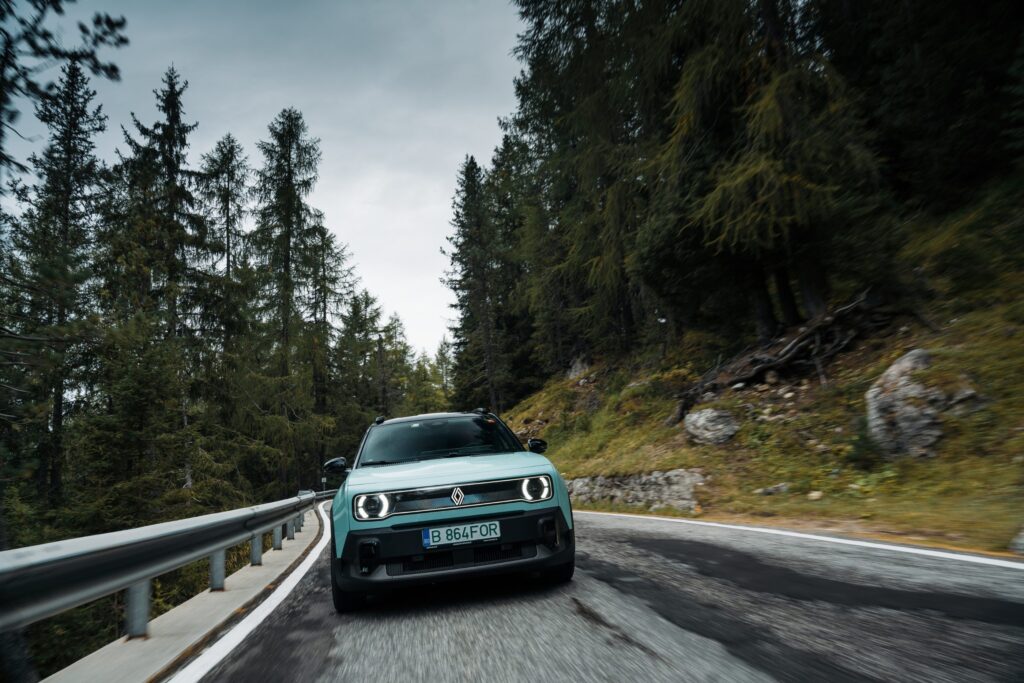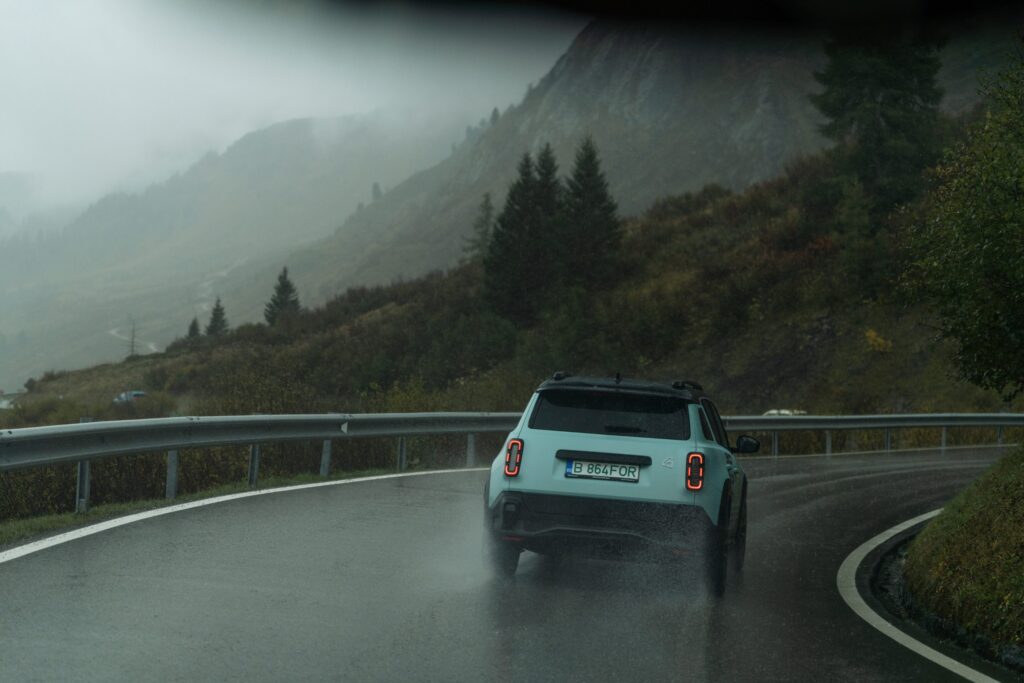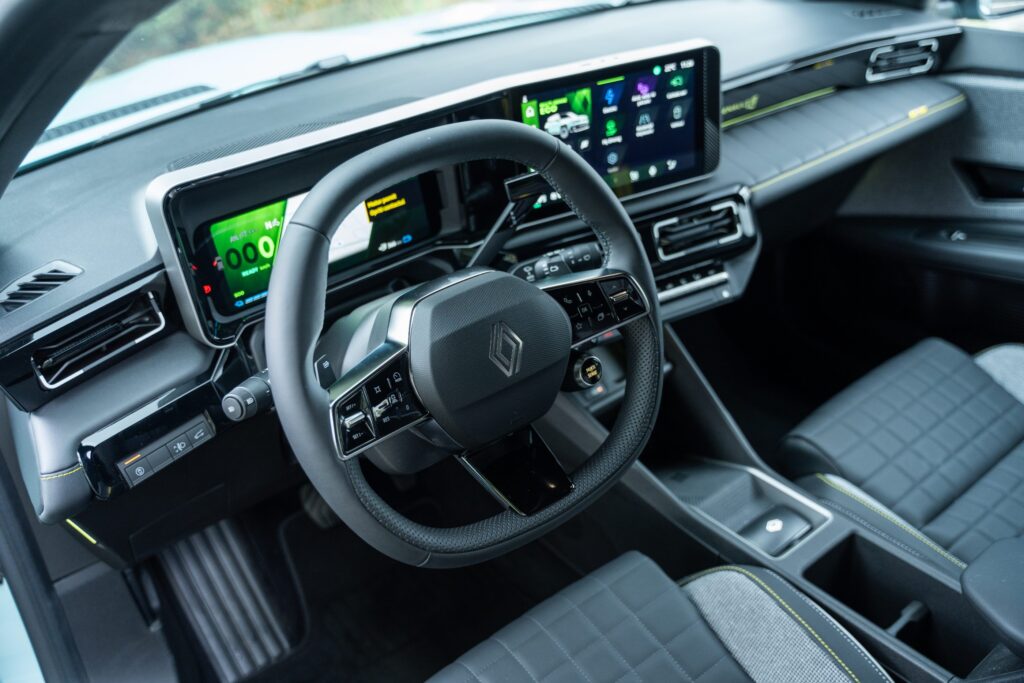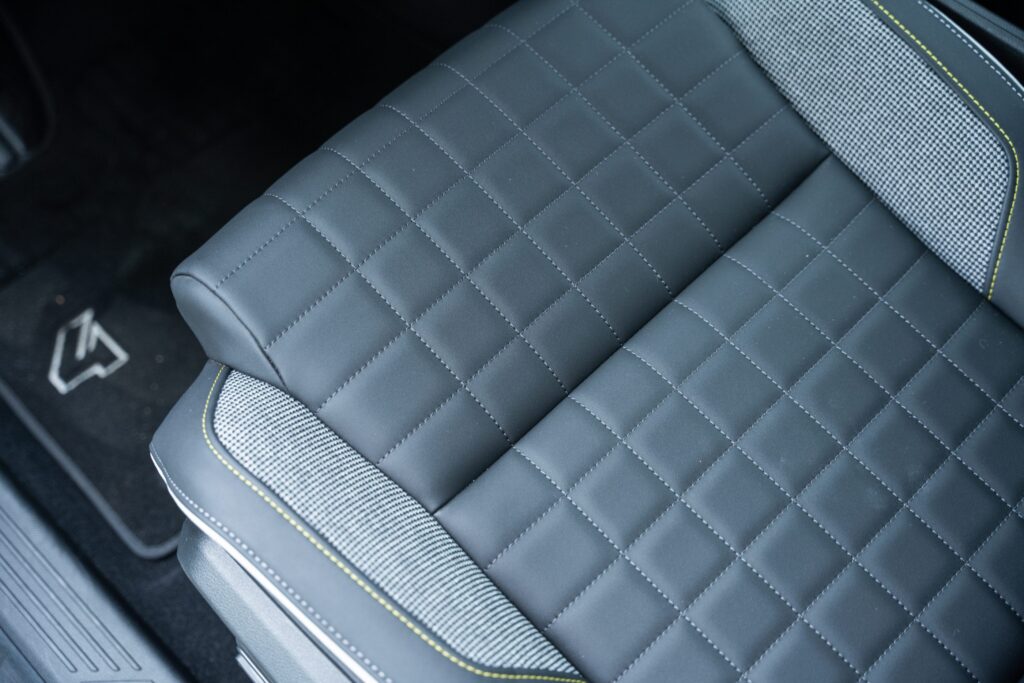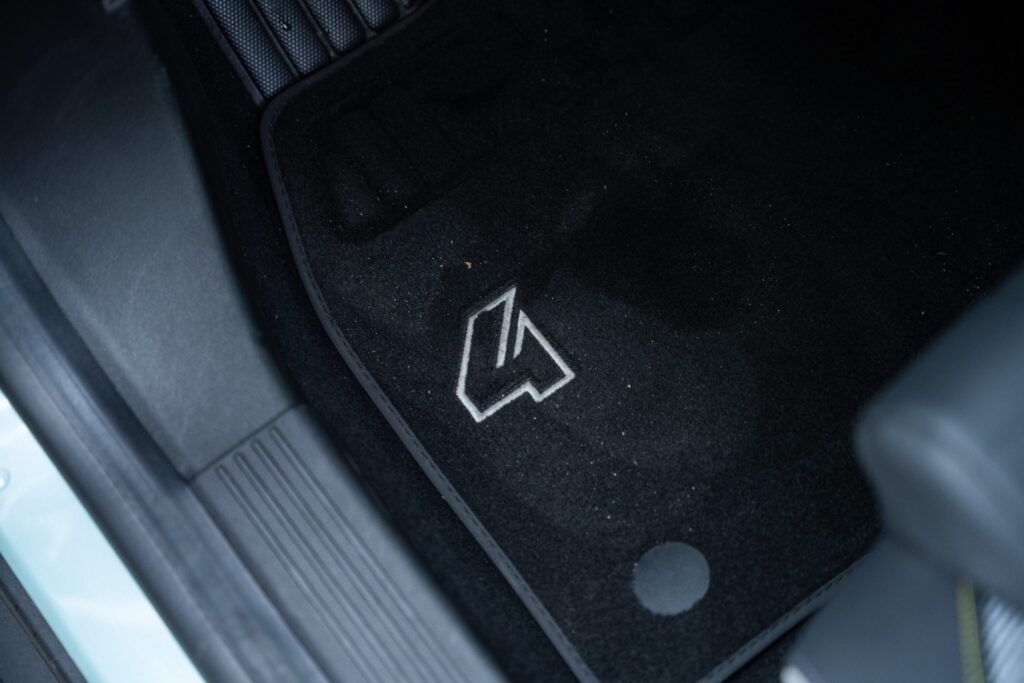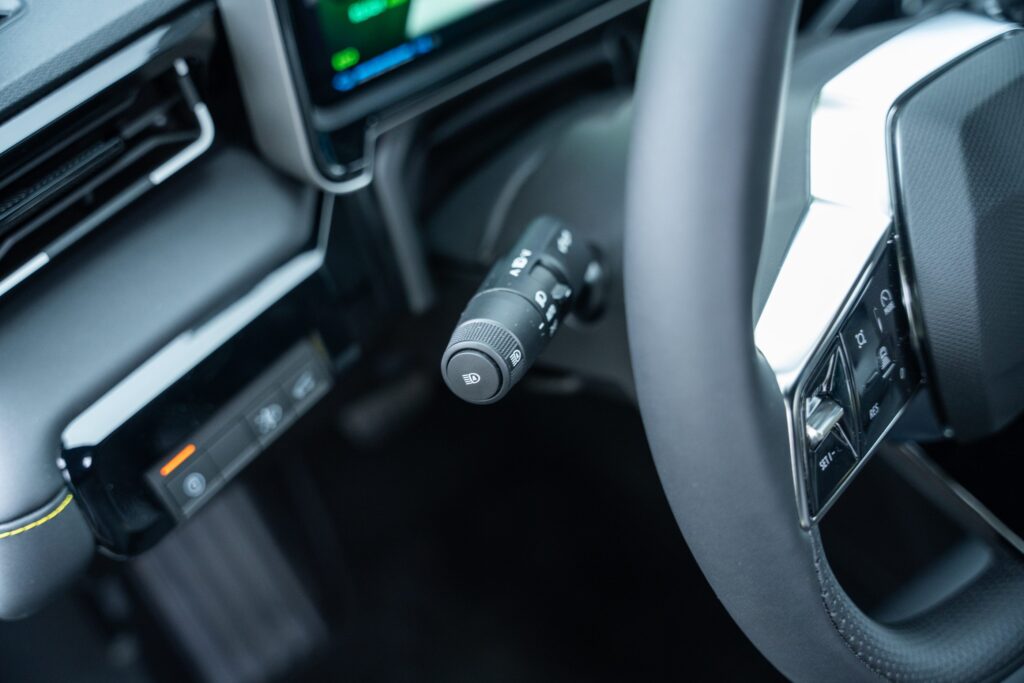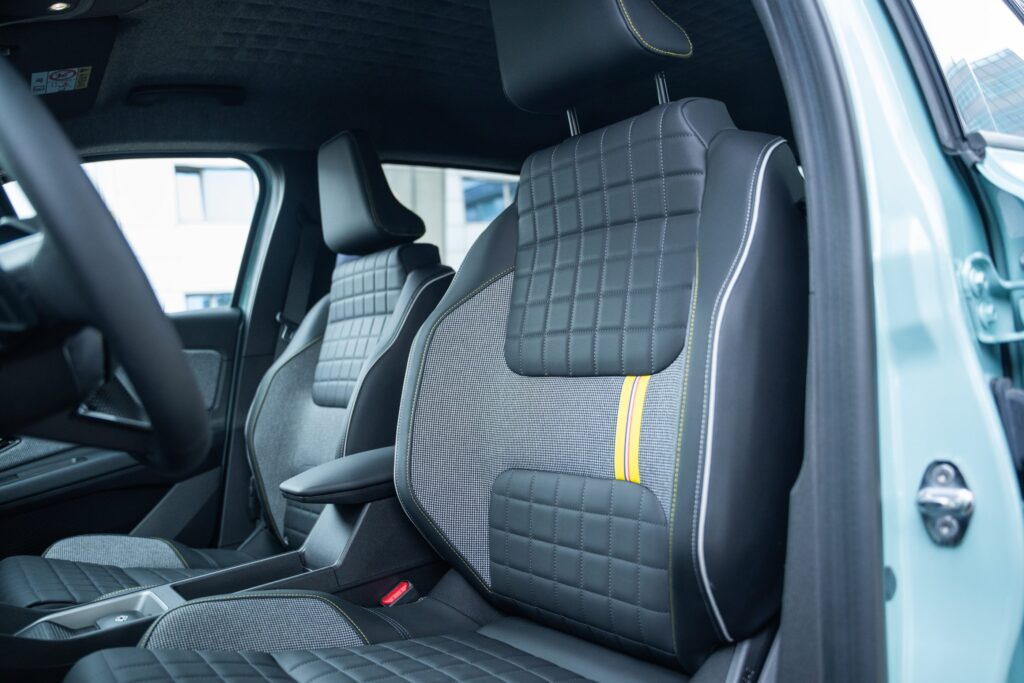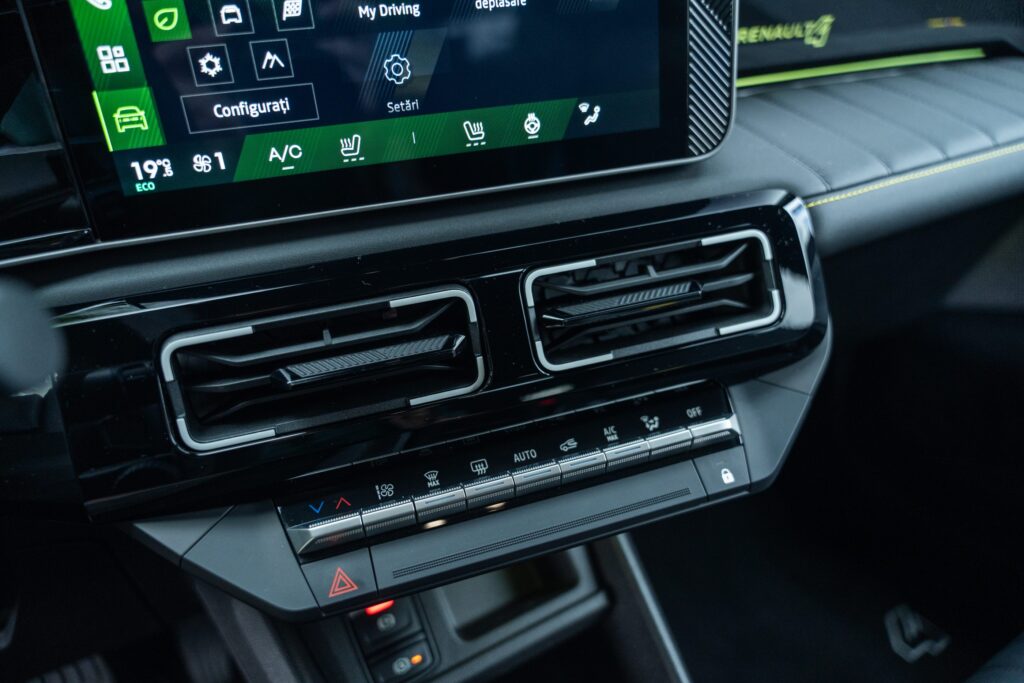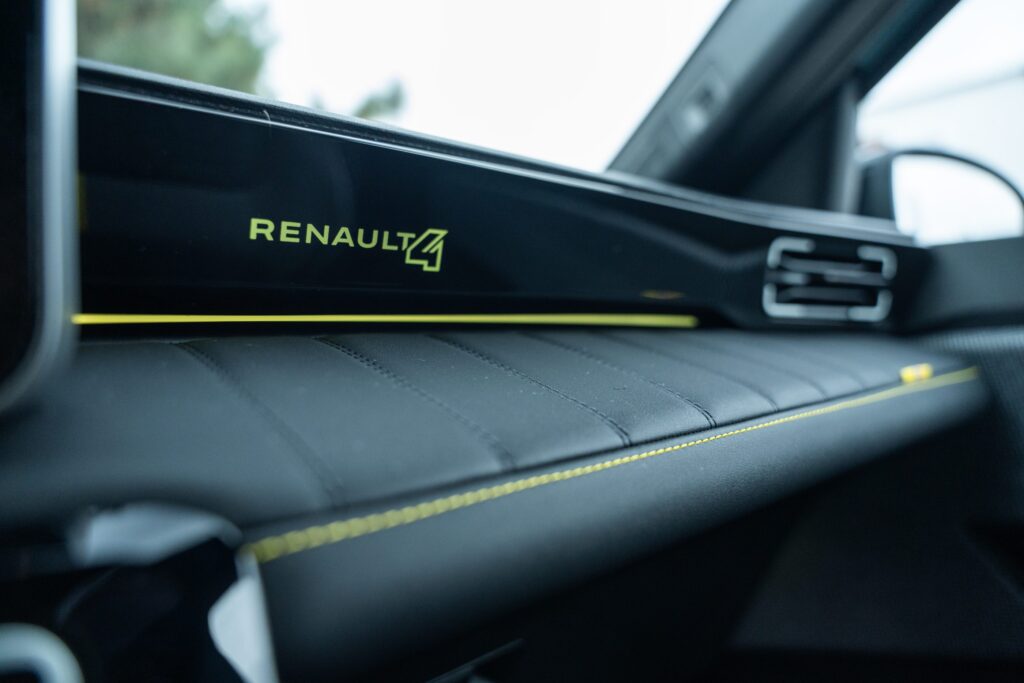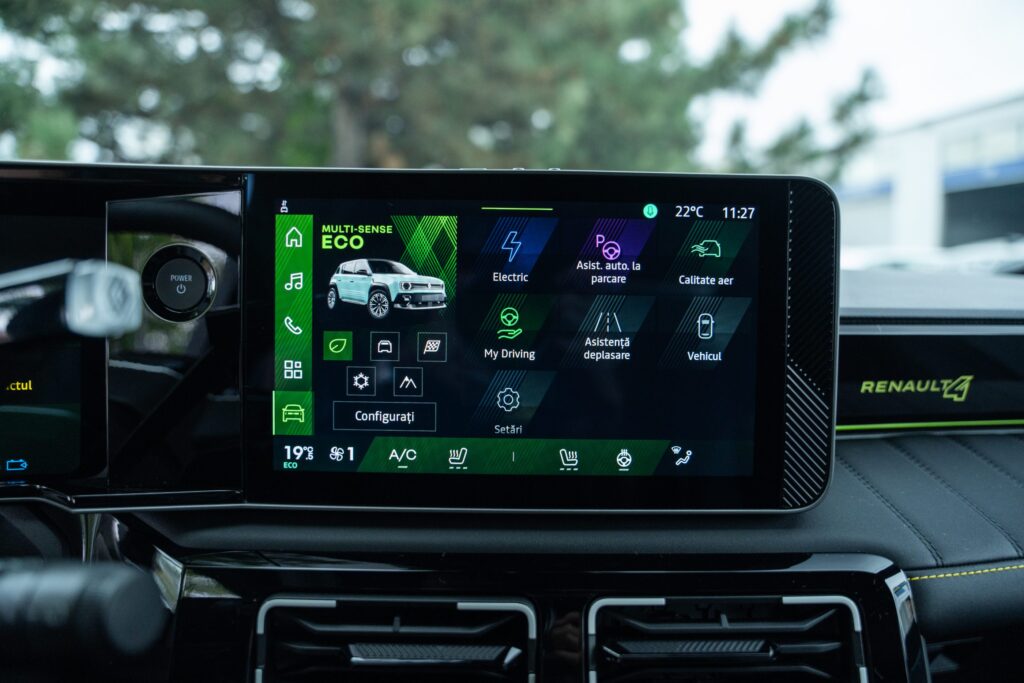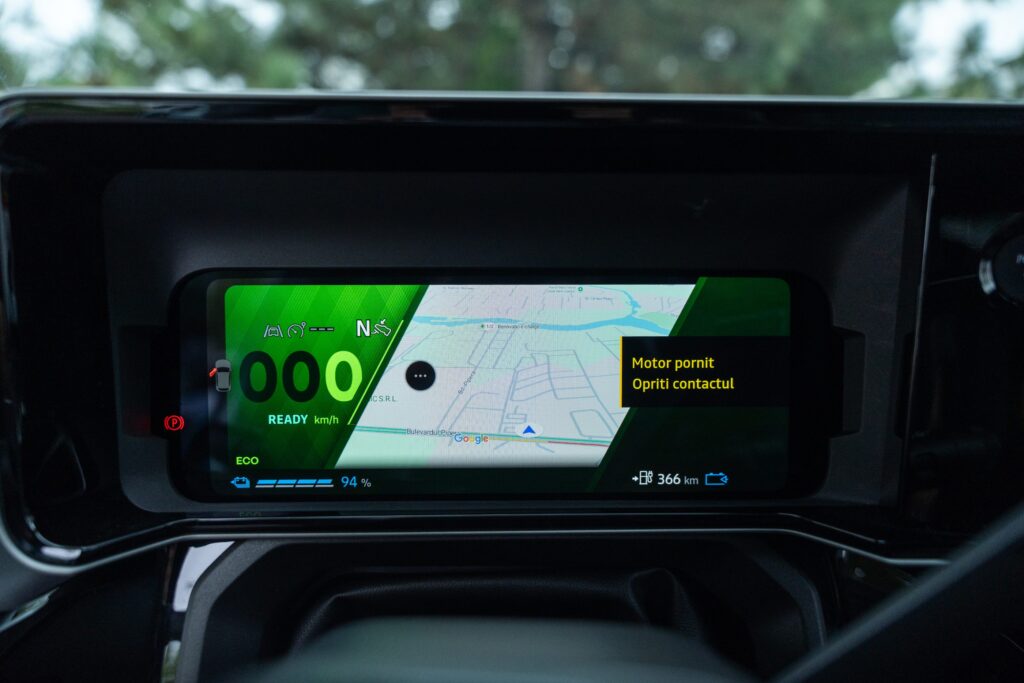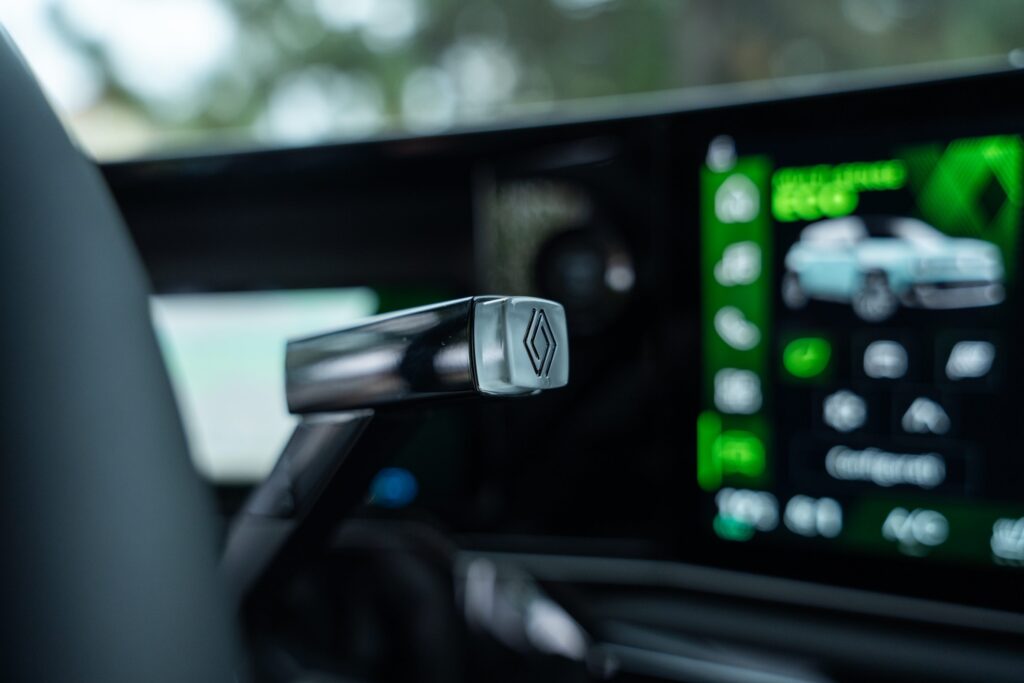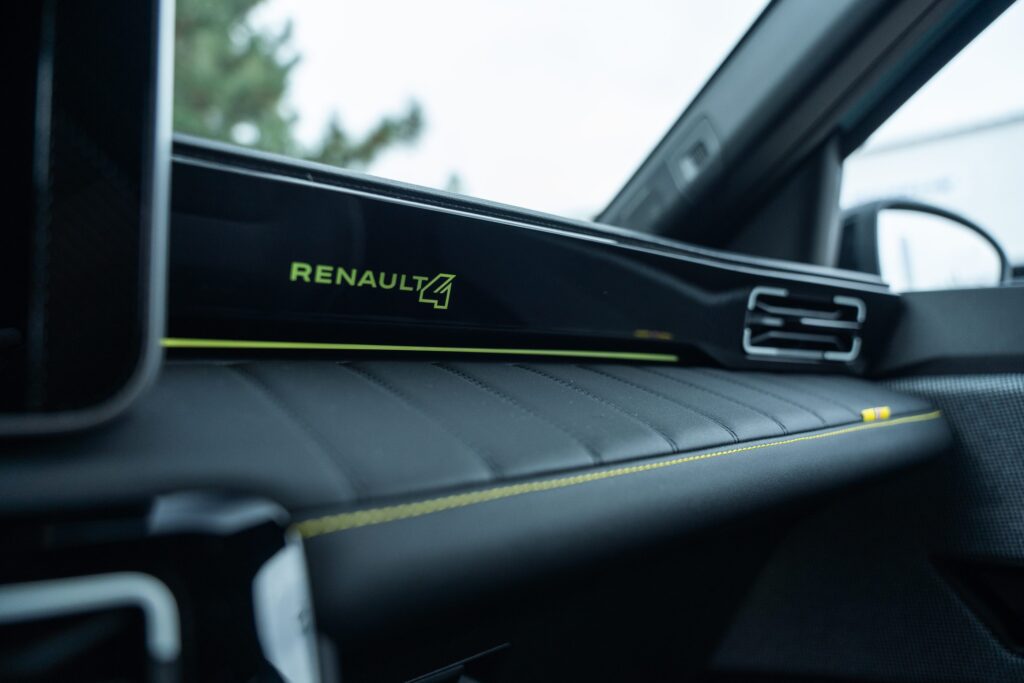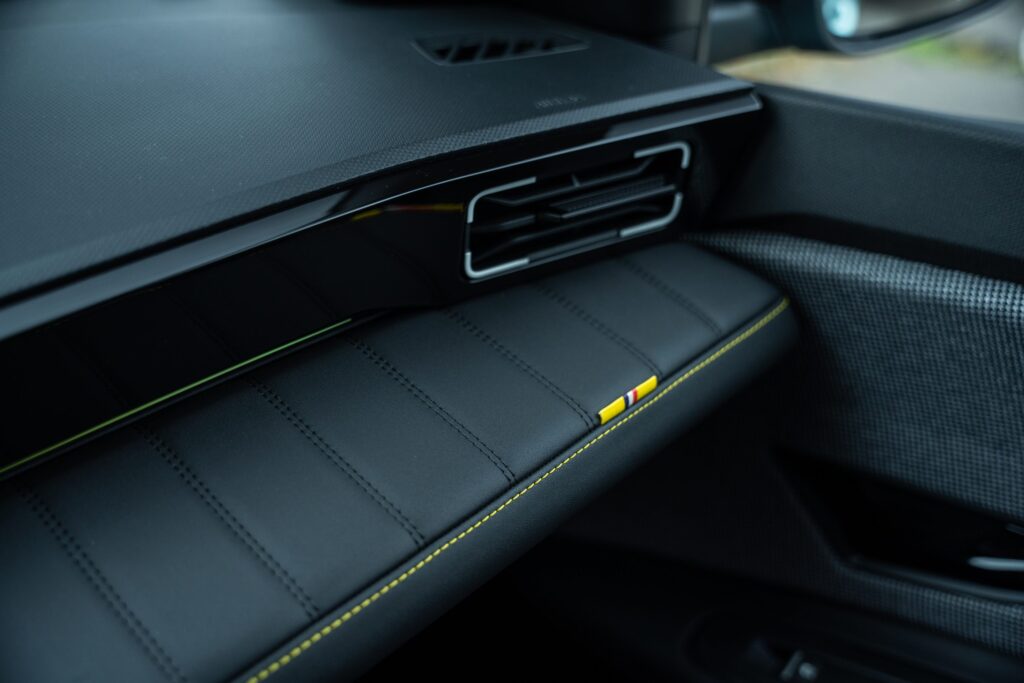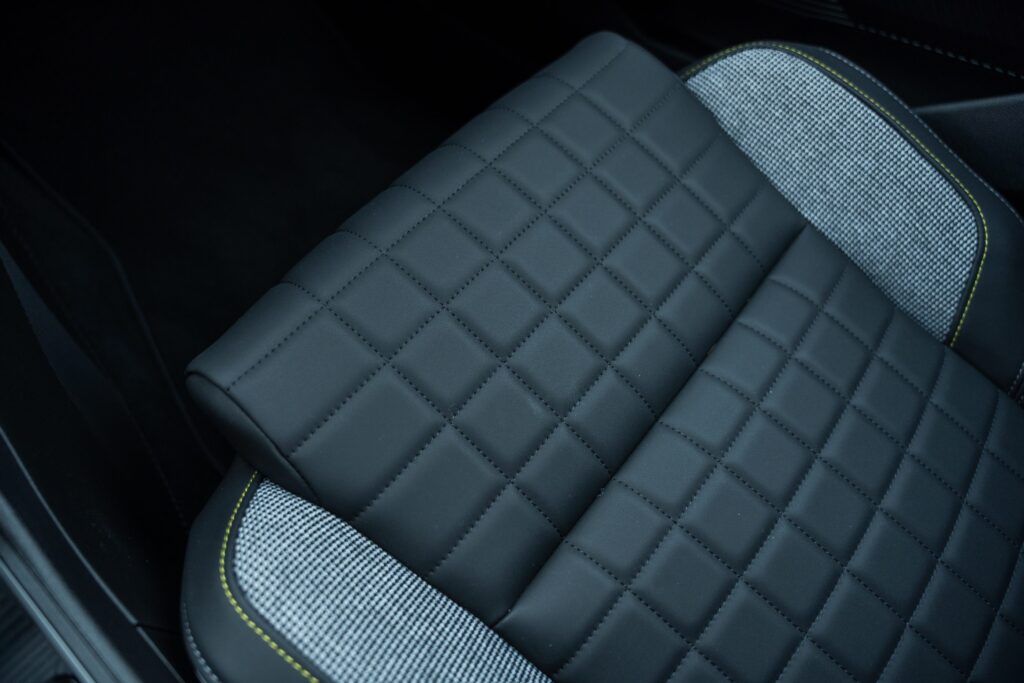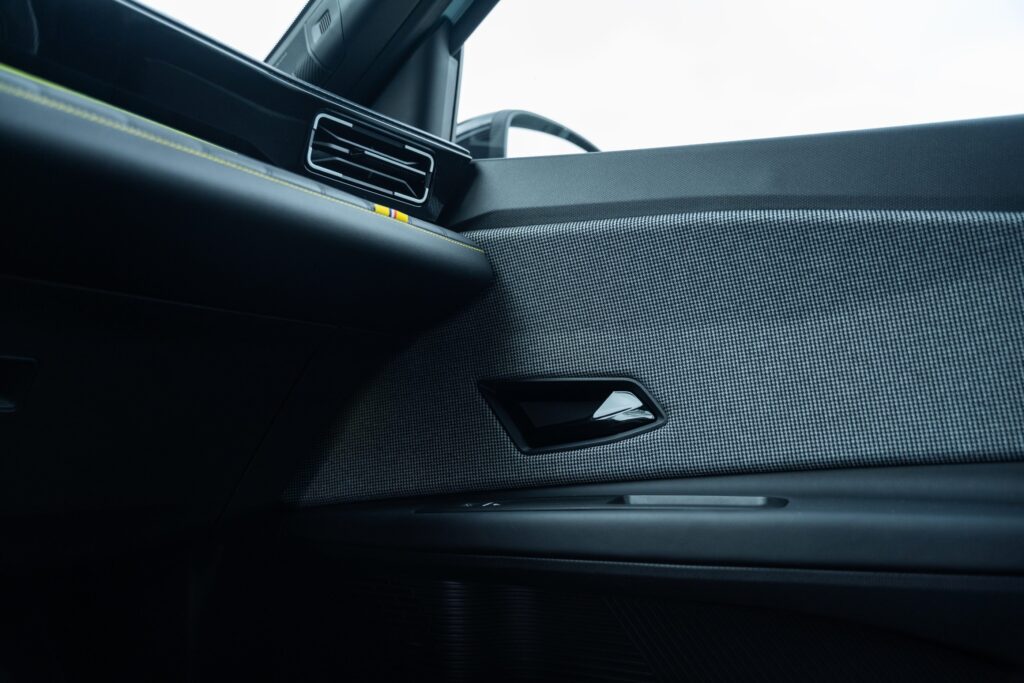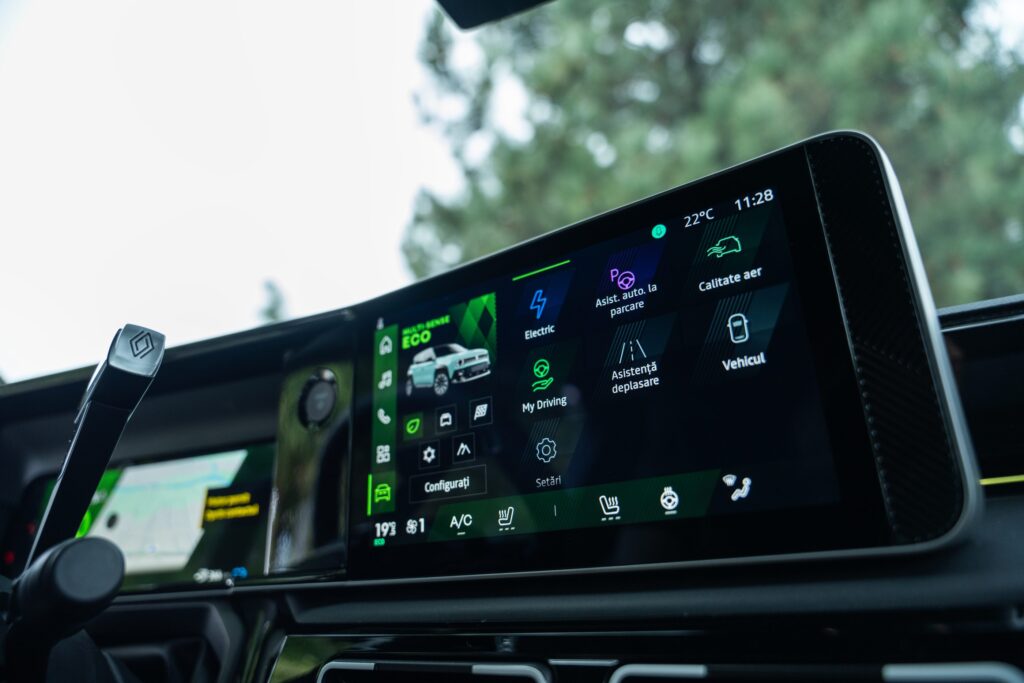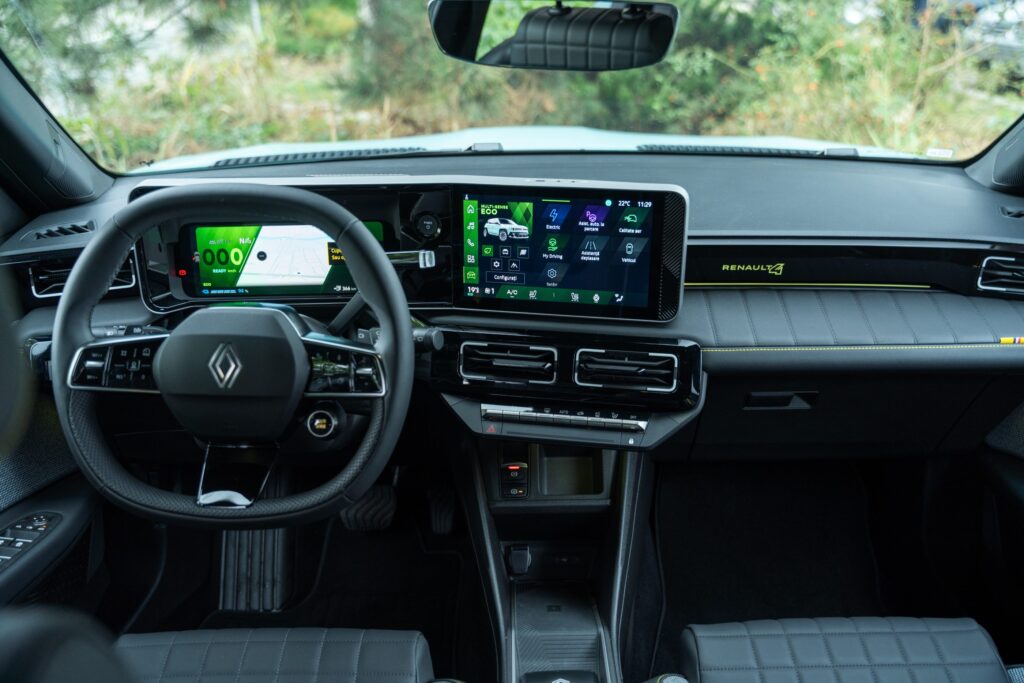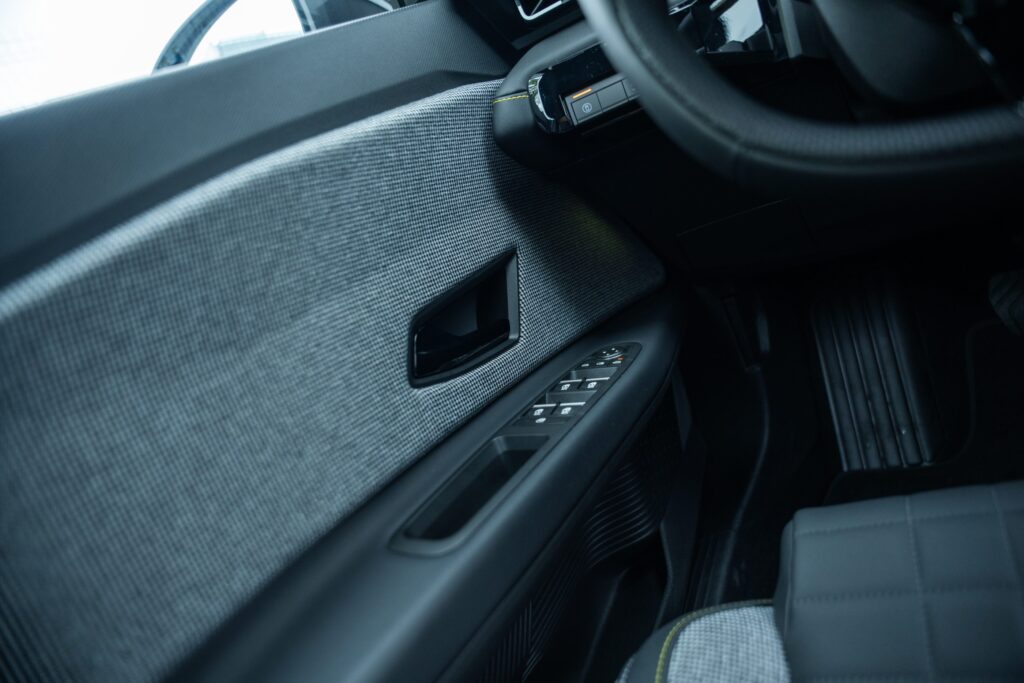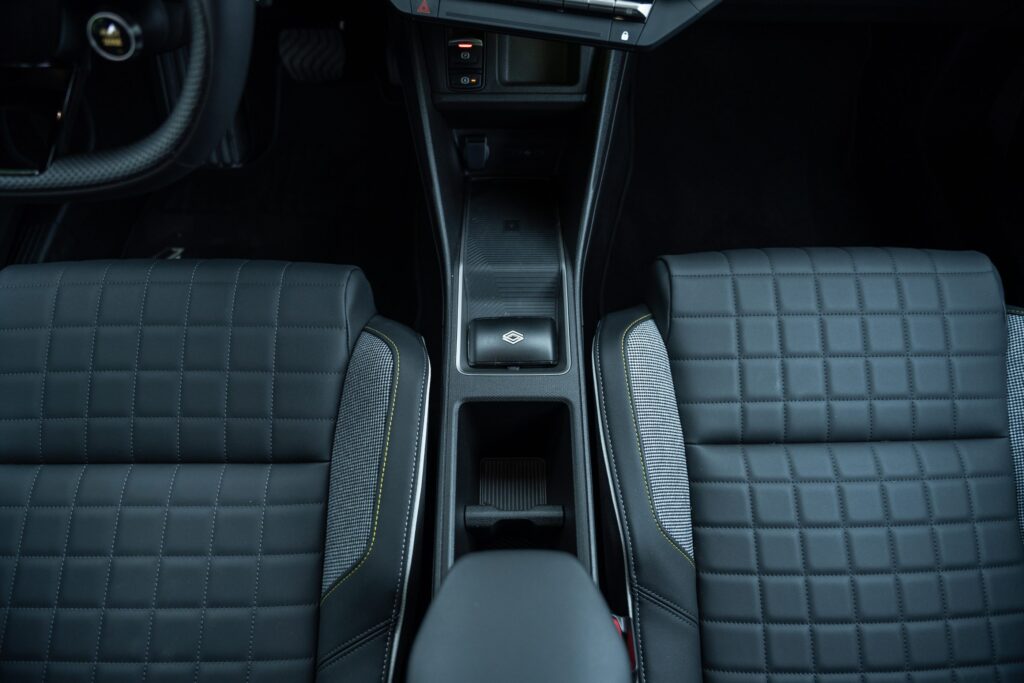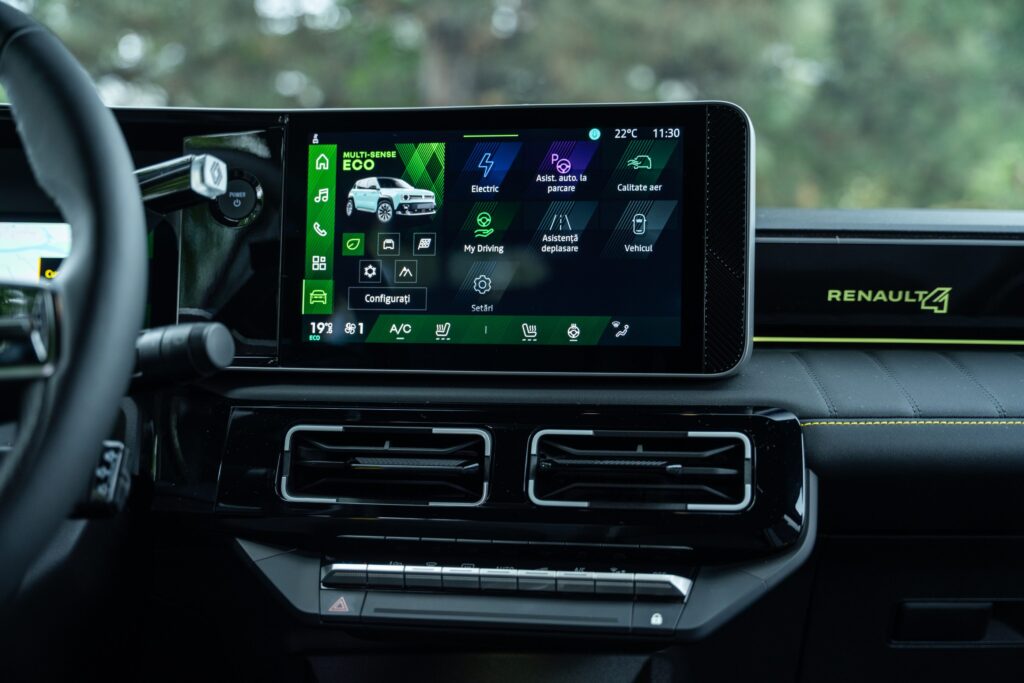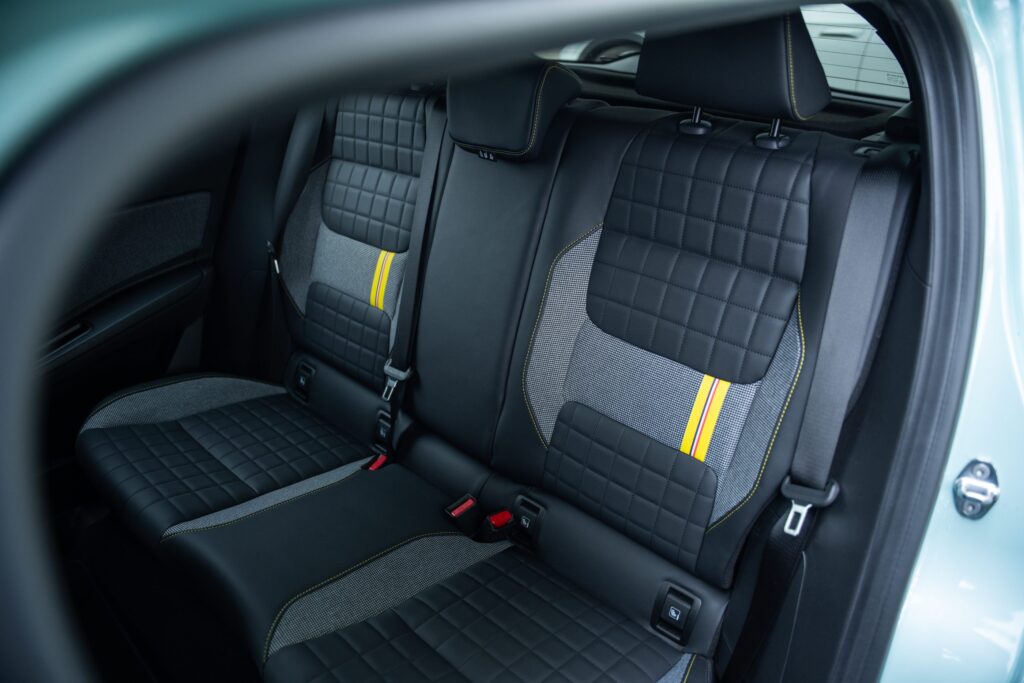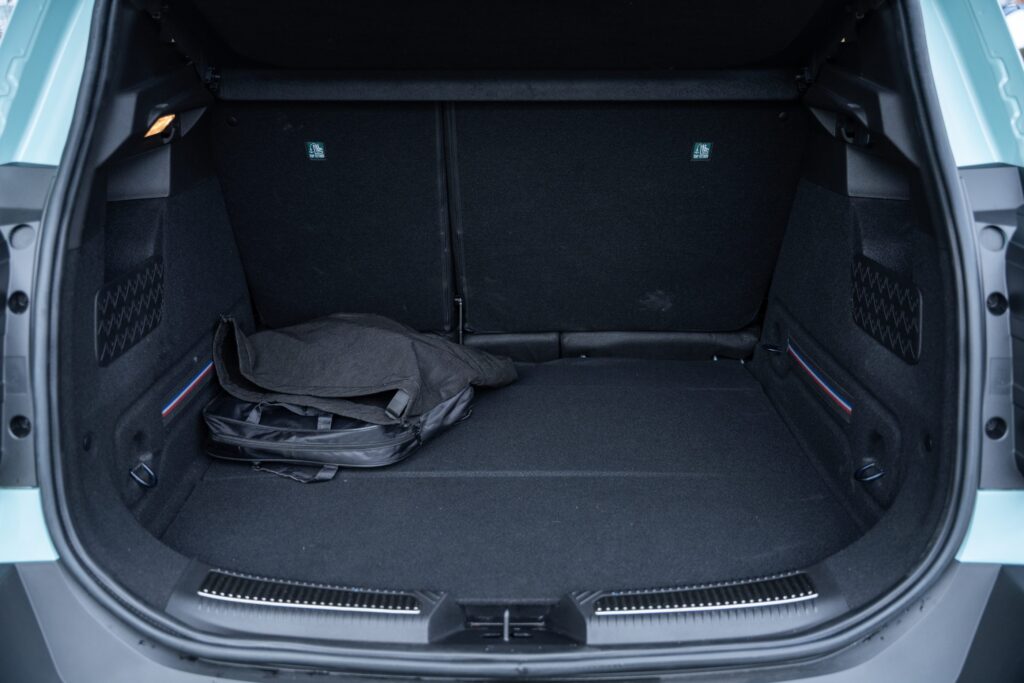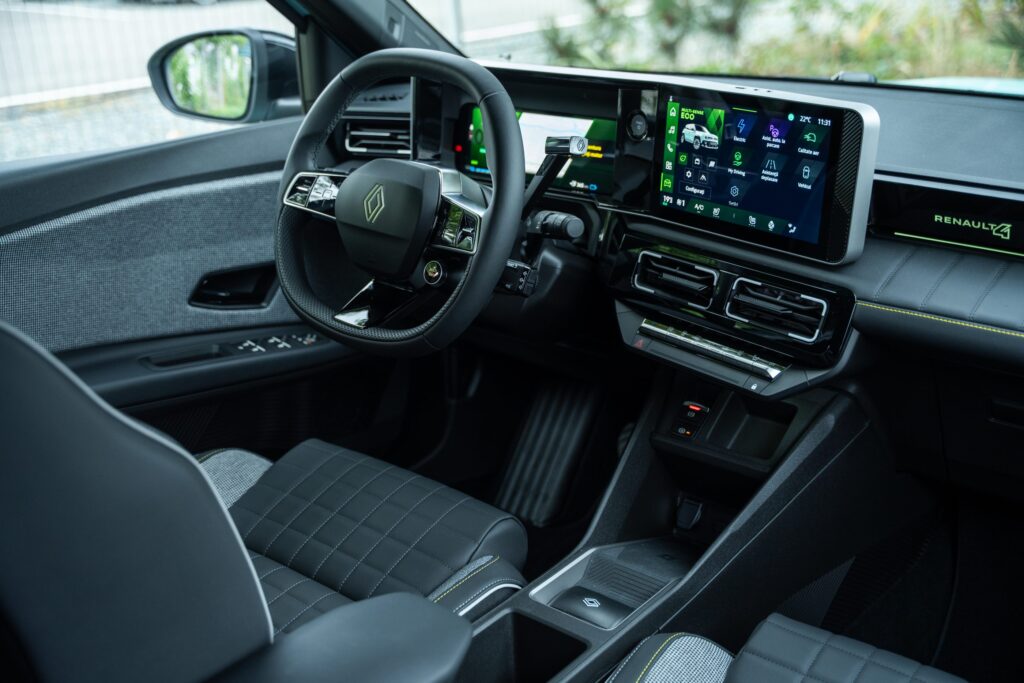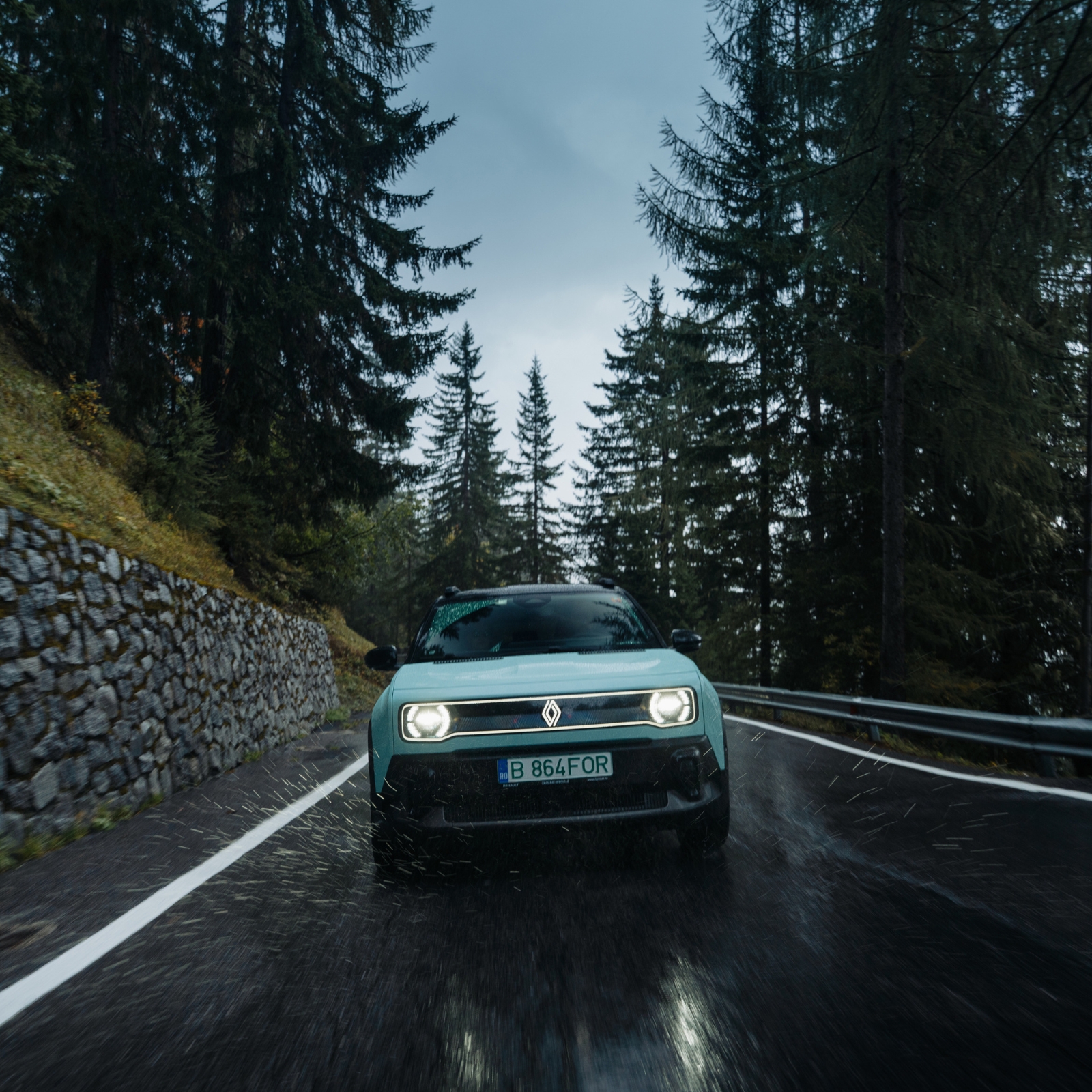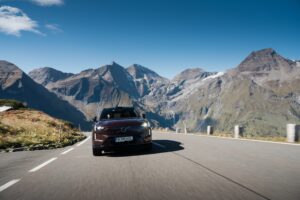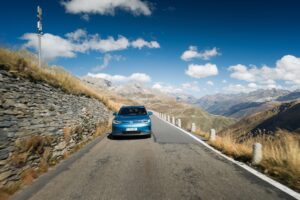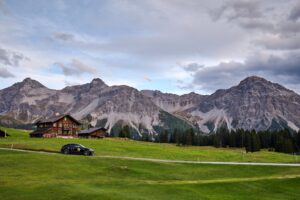The Renault 4 is an electric car designed specifically for urban use. Size and especially technical data are a testament to this: the 52-kWh battery pack has a charging power capacity of up to 100 kW, while the electric motor delivers 150 horsepower.
However, the Renault 4 has shown us that when needed, it can become a pleasant company even on long hauls. Like those that happen when you have to cover some 5,000 kilometers through the Alps.
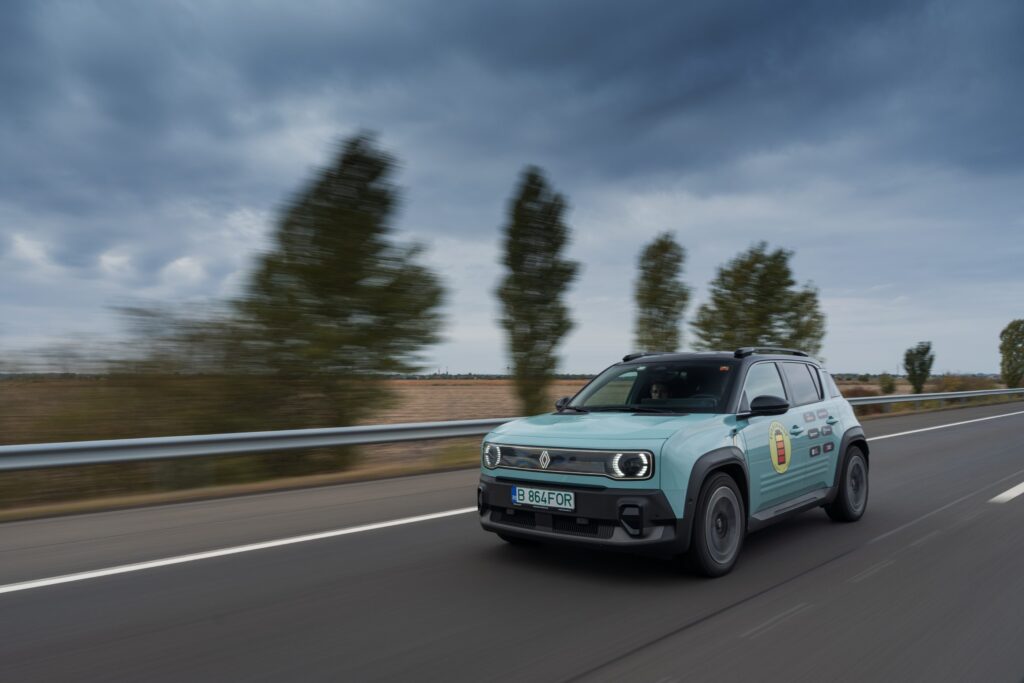
The retro-styled French model particularly stood out on the passes of Switzerland, Austria and Italy, where regenerative braking played a key role in achieving a fuel consumption that even went below 14 kWh/100 km. With this kind of ability, the Renault 4 charged no more than twice a day on the road on 6 of the 8 days of the road trip.
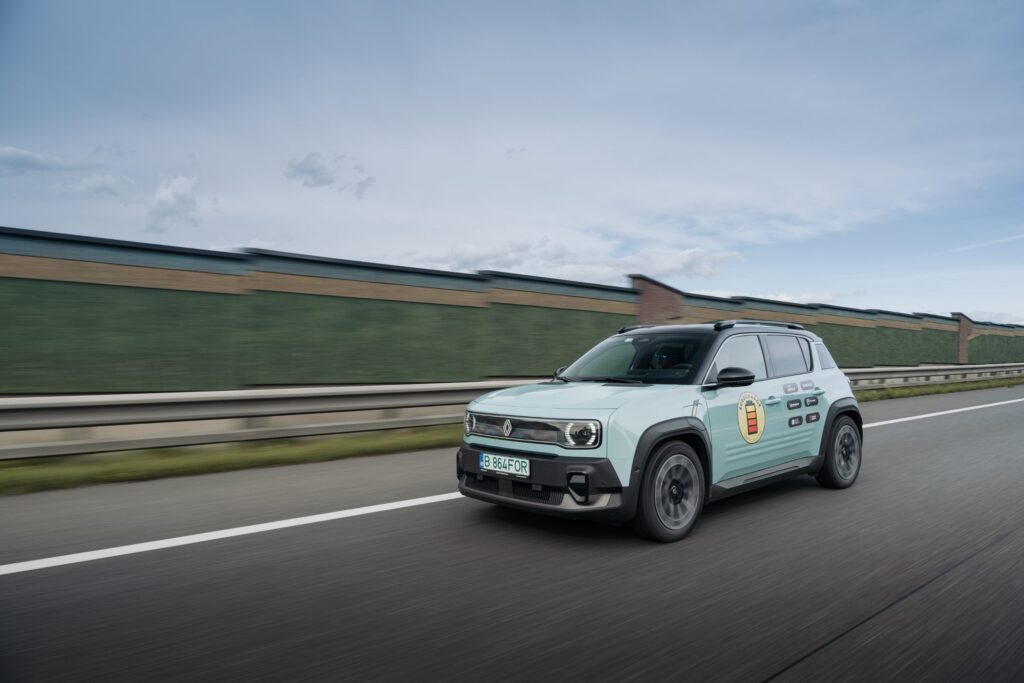
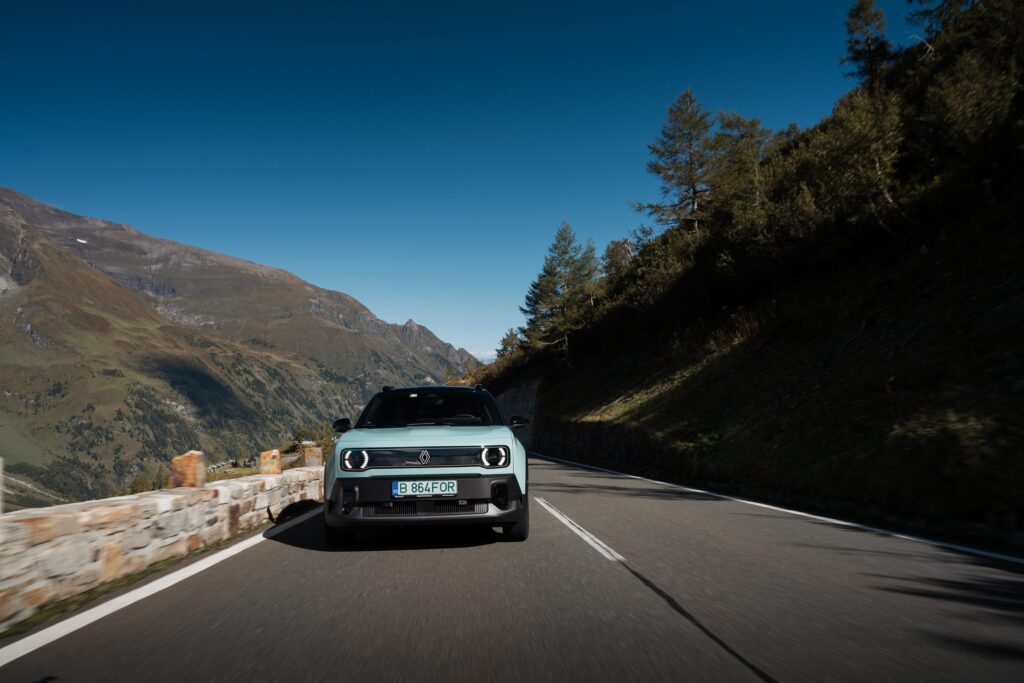
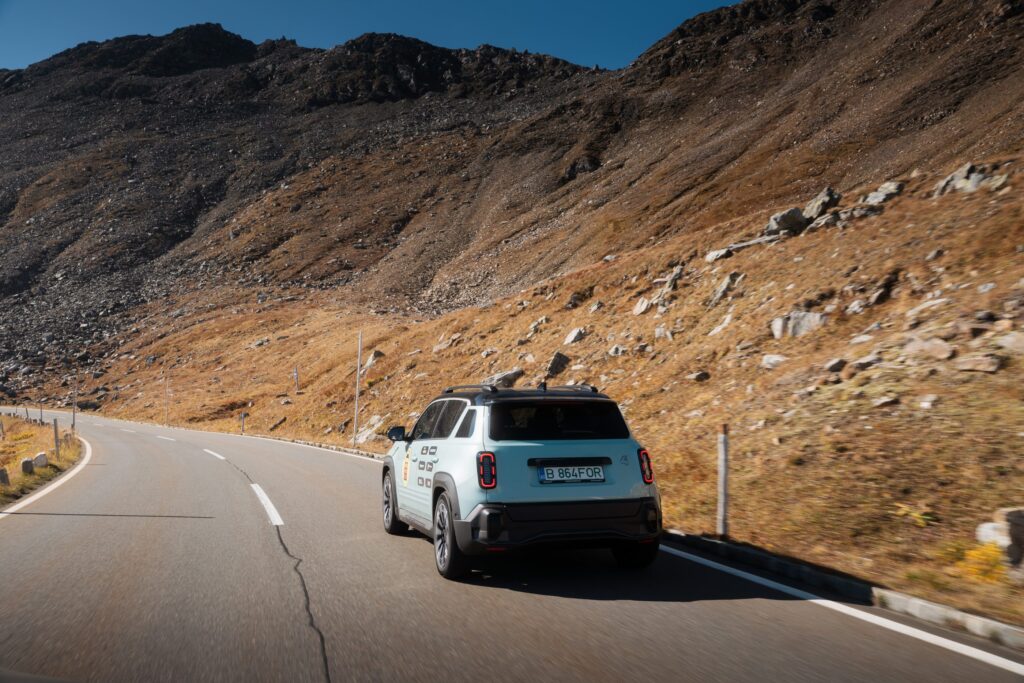
Renault 4: daily infographics on consumption, real range, charging costs
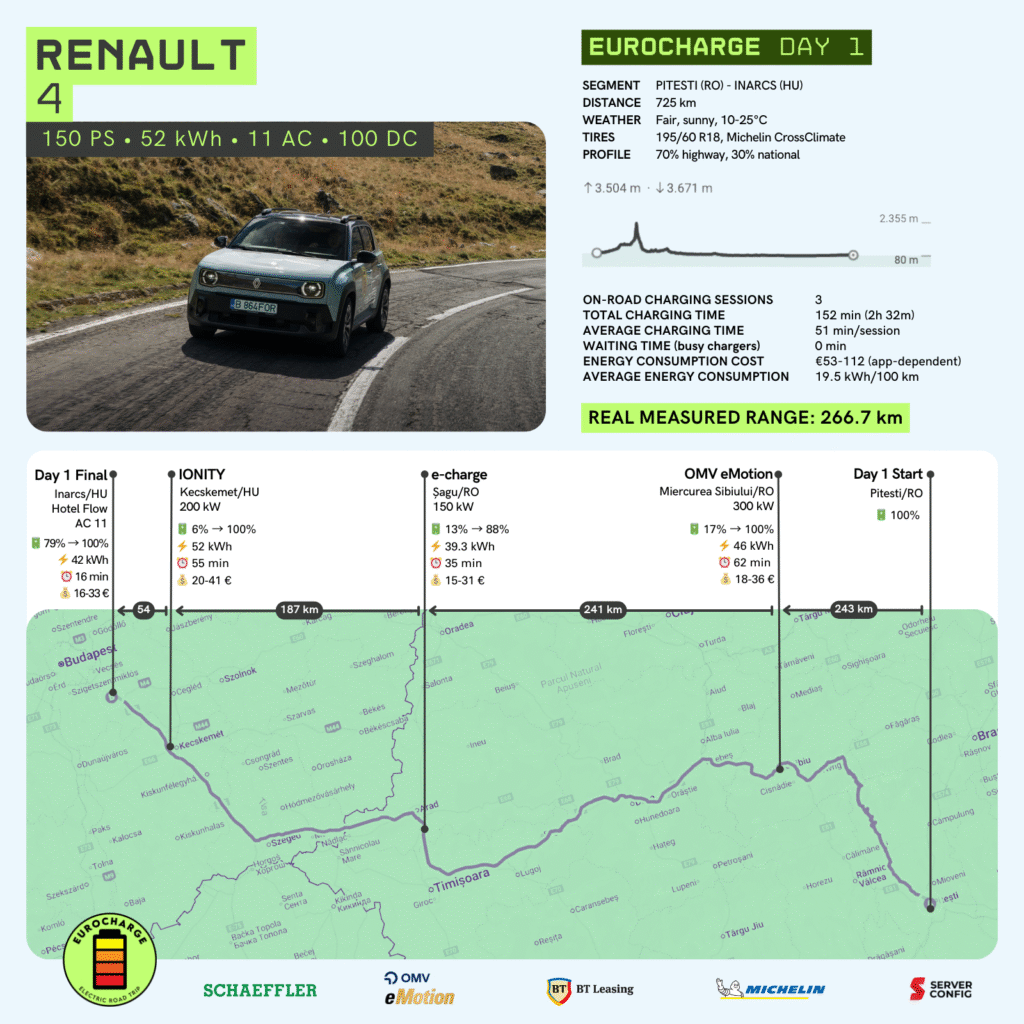
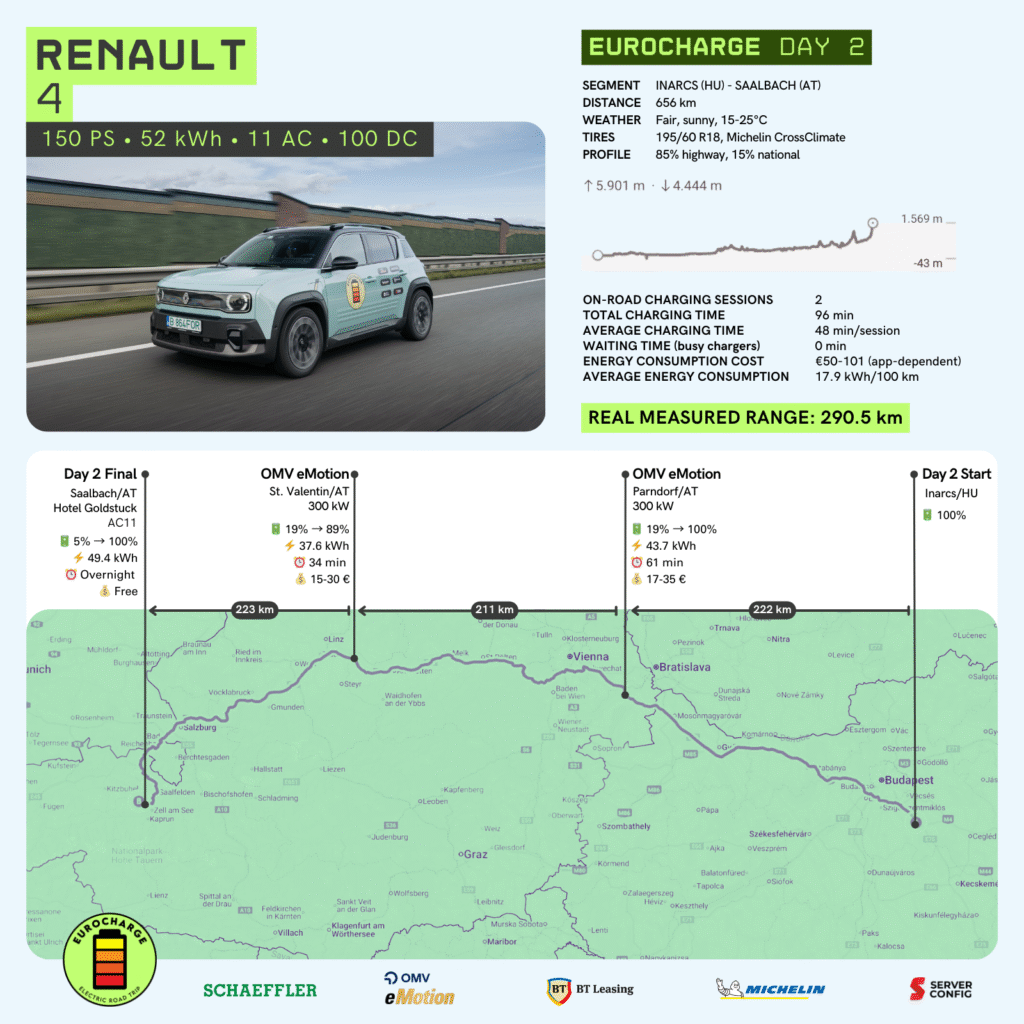
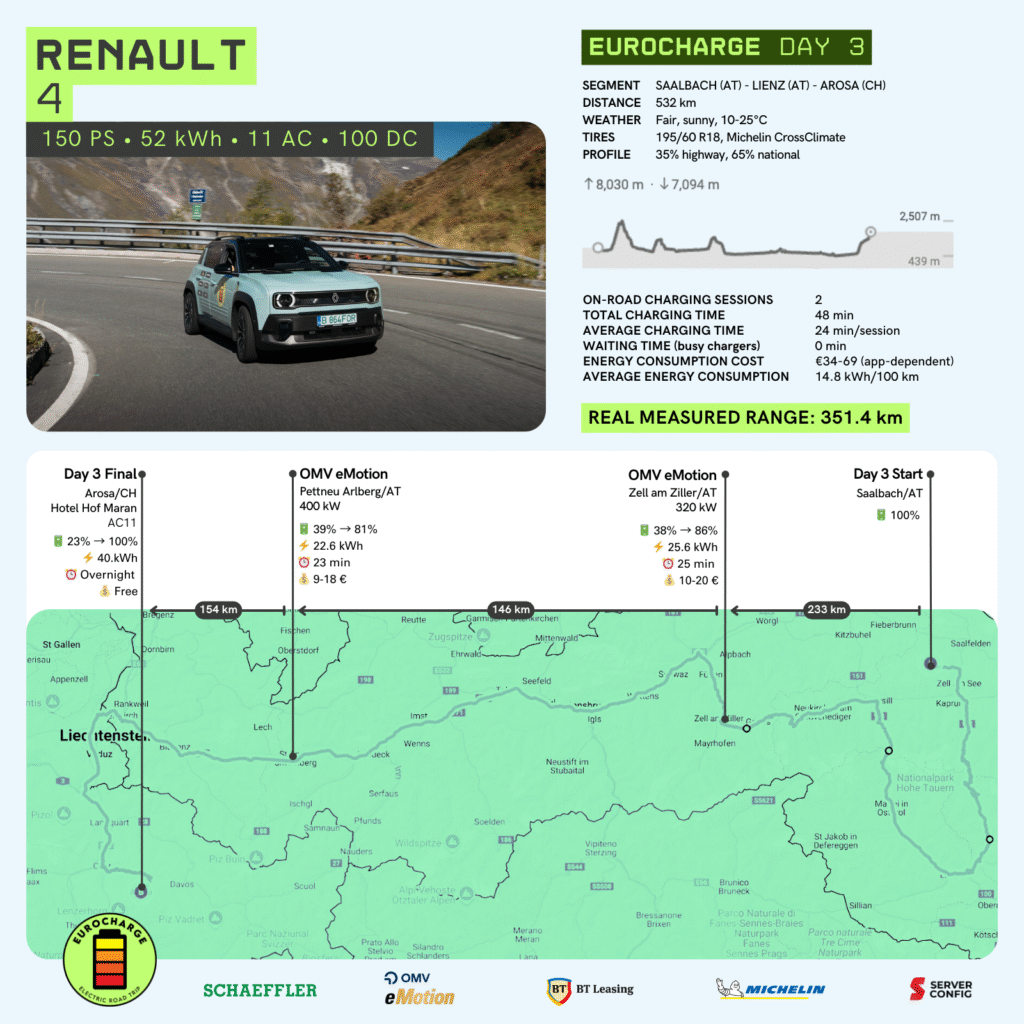
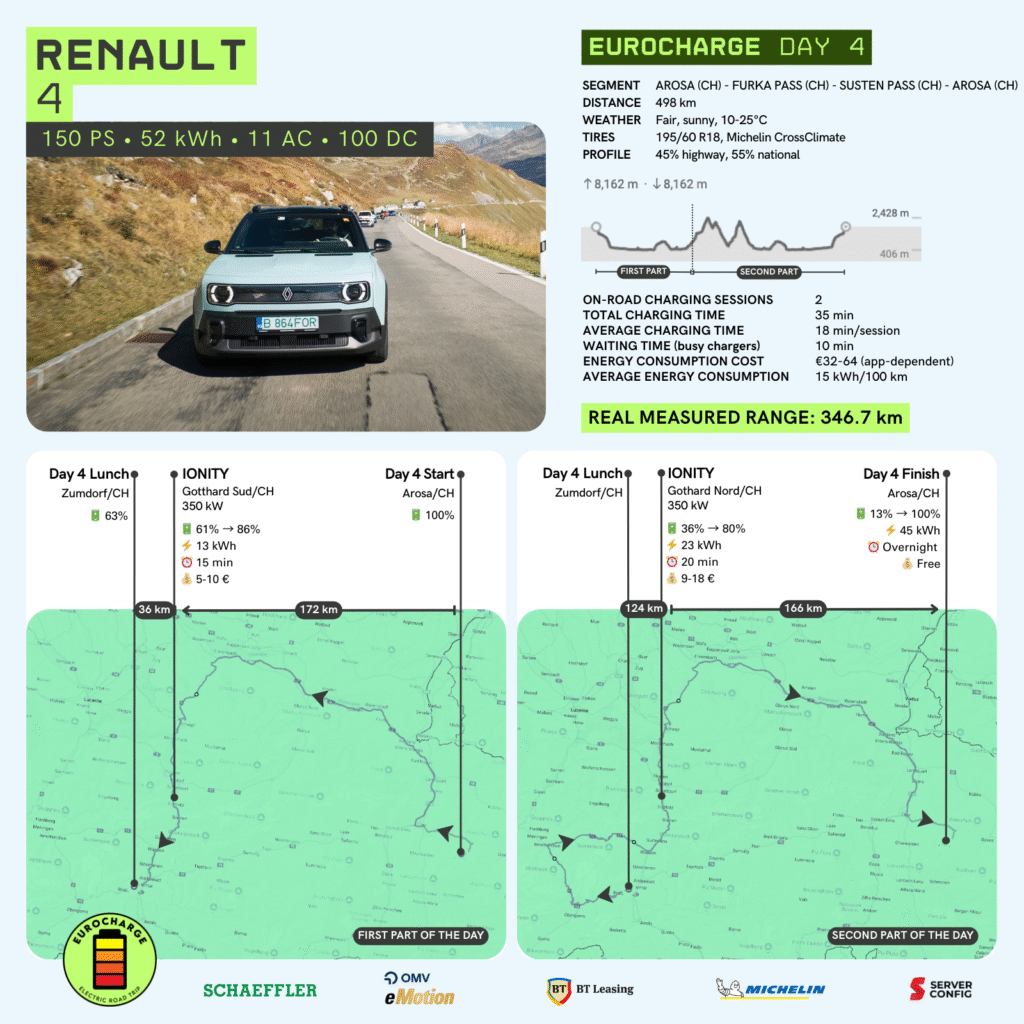
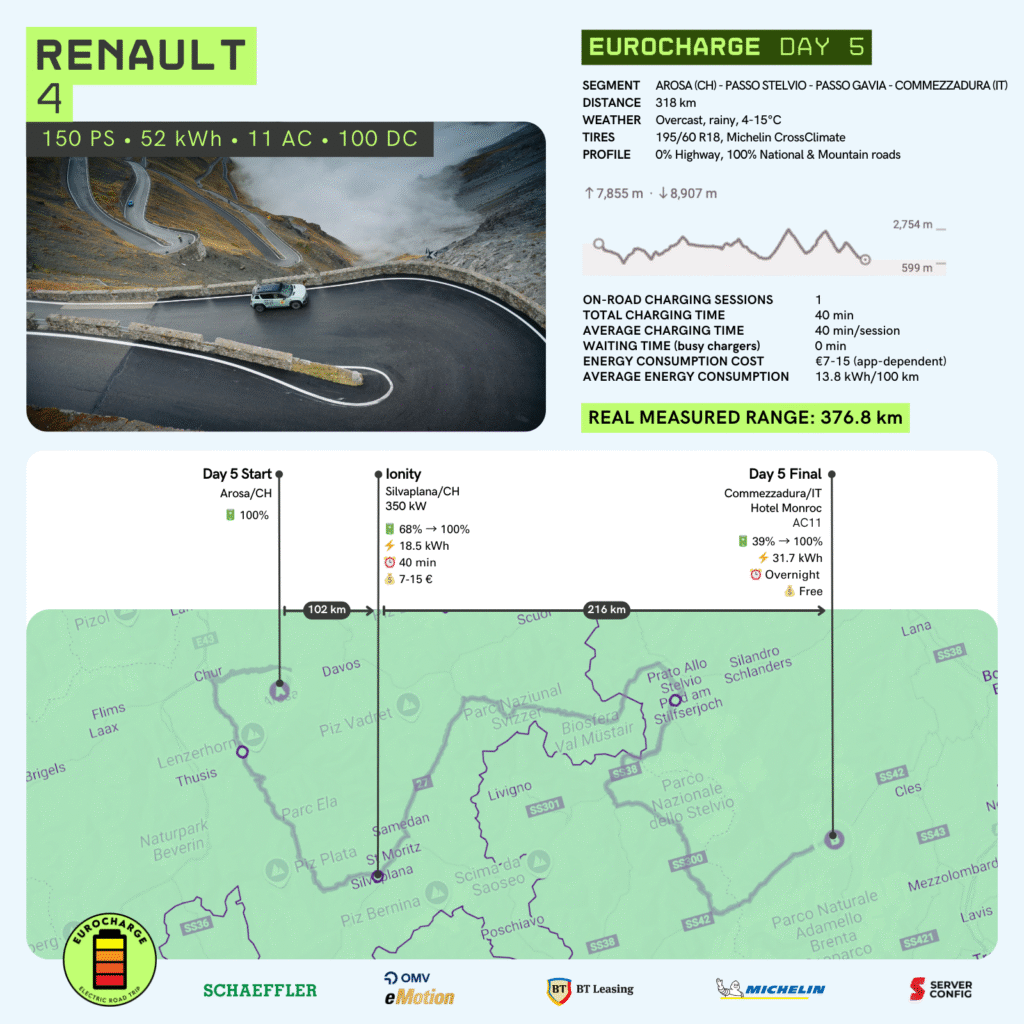
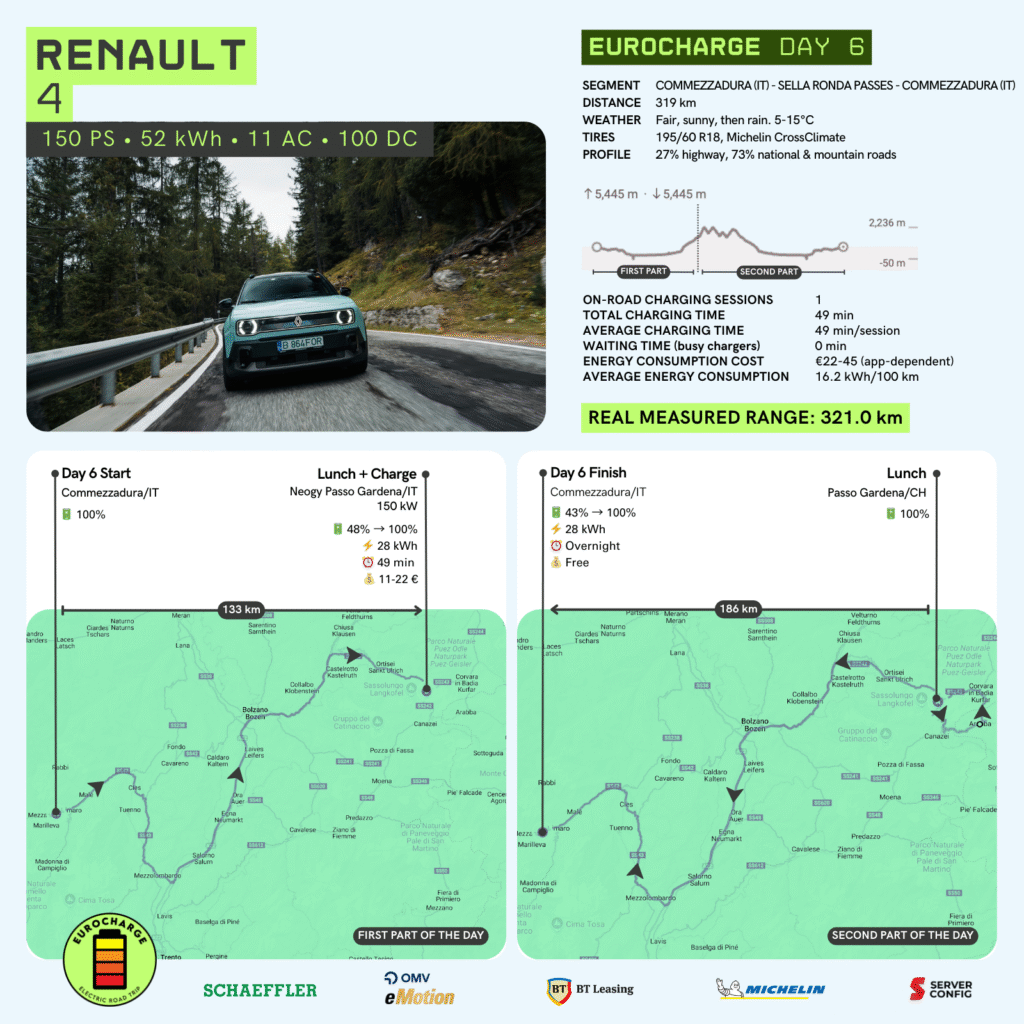
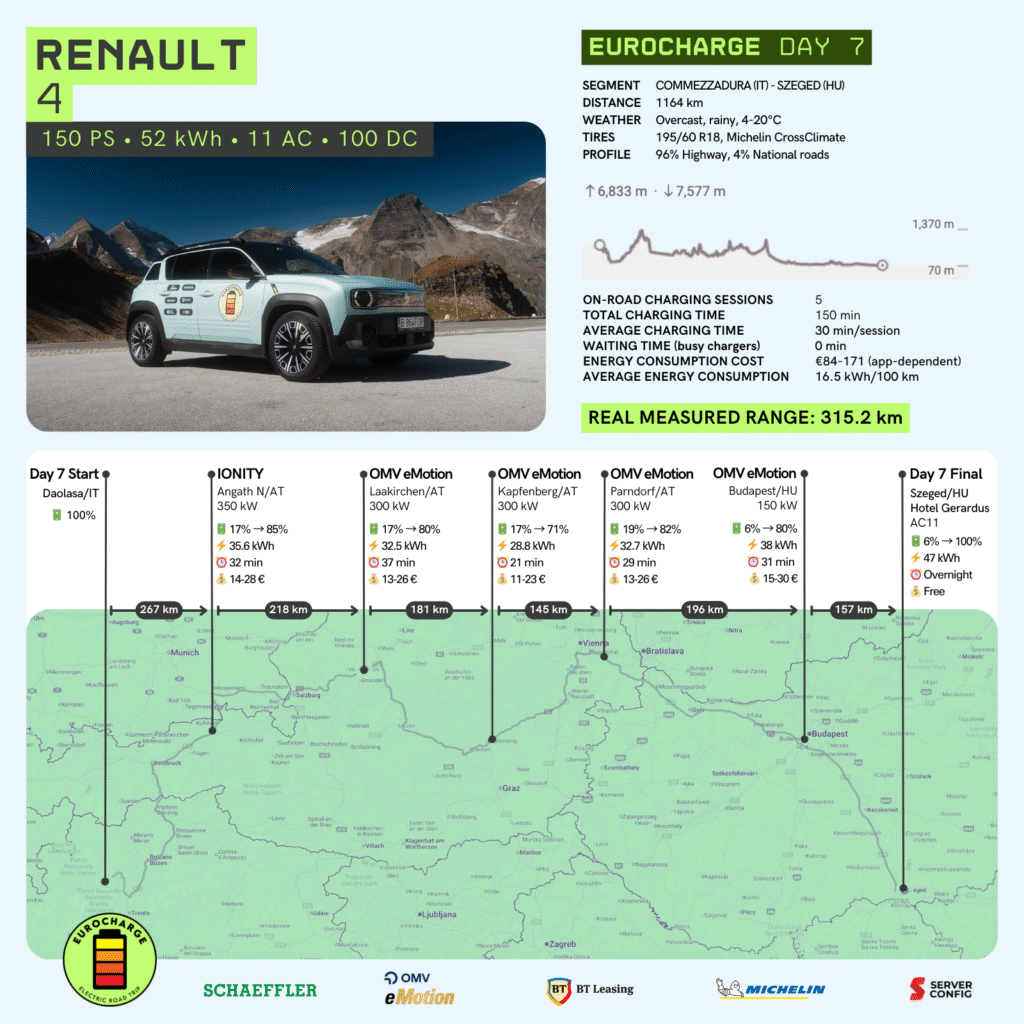
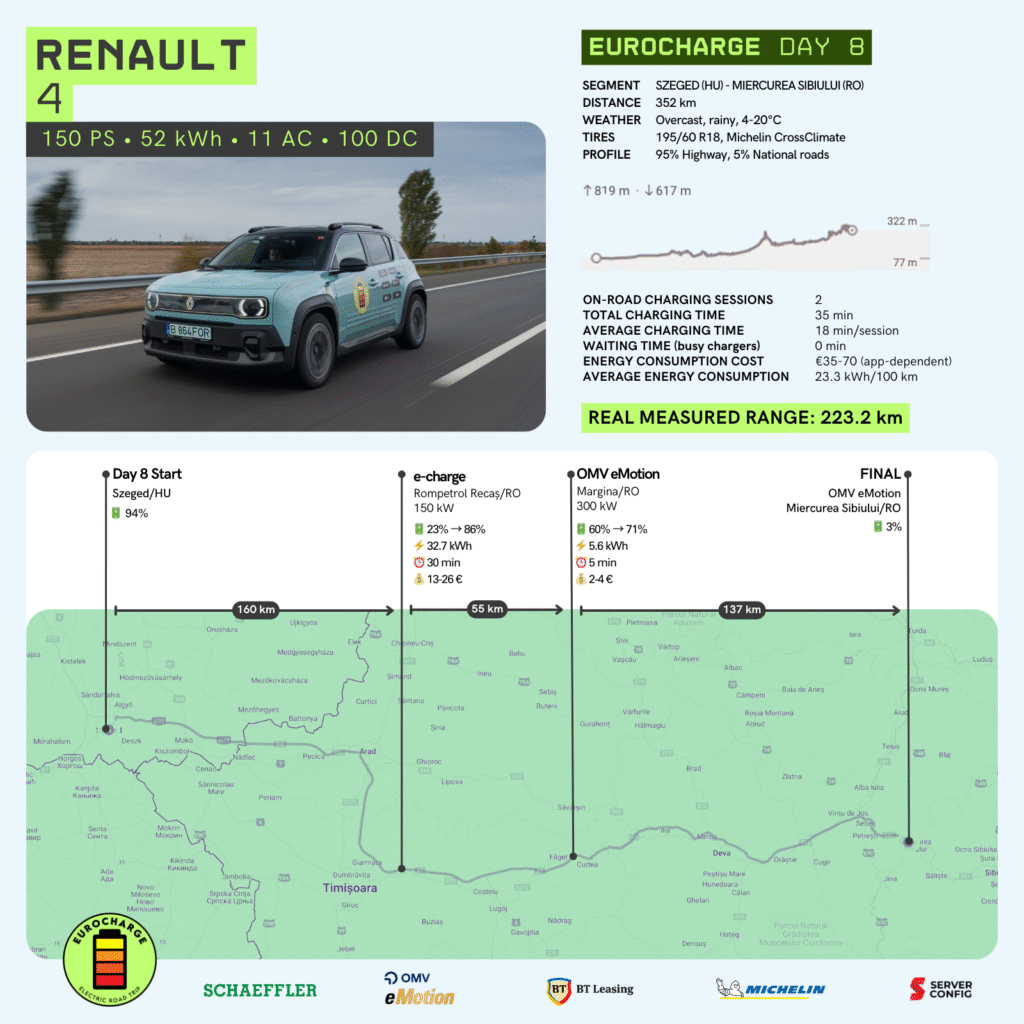
Renault 4 by the numbers:
- Total distance traveled: 4564 km
- Total number of charging stops: 18 sessions on the road + 7 overnight charges
- Total time spent while charging on the road: 10 hours and 5 minutes (605 minutes)
- Total energy charged: 866.3 kWh, of which 283.1 kWh in hotels
- Total cost of charges (hotel charges were free): between €227.4 and €460.7 (depending on the app used)
- Fuel cost comparison (estimated per route):
- A gasoline car of similar power (average fuel consumption est. 7 L/100 km, average price €1.80/L) would have cost around €575.
- An equivalent diesel variant (average fuel consumption est. 5.5 L/100 km, average price €1.75/L) would have cost around €439.3.
- Weighted average of the energy consumption over the whole route: 17.3 kWh/100 km
- Weighted real average range: 309.2 km
IImportant mention on the driving style: Throughout the entire test, the car was driven in “Normal” mode, never “Eco”. It drove steadily, within the speed limits, with an approach as close as possible to the legal speed limit on each road segment.
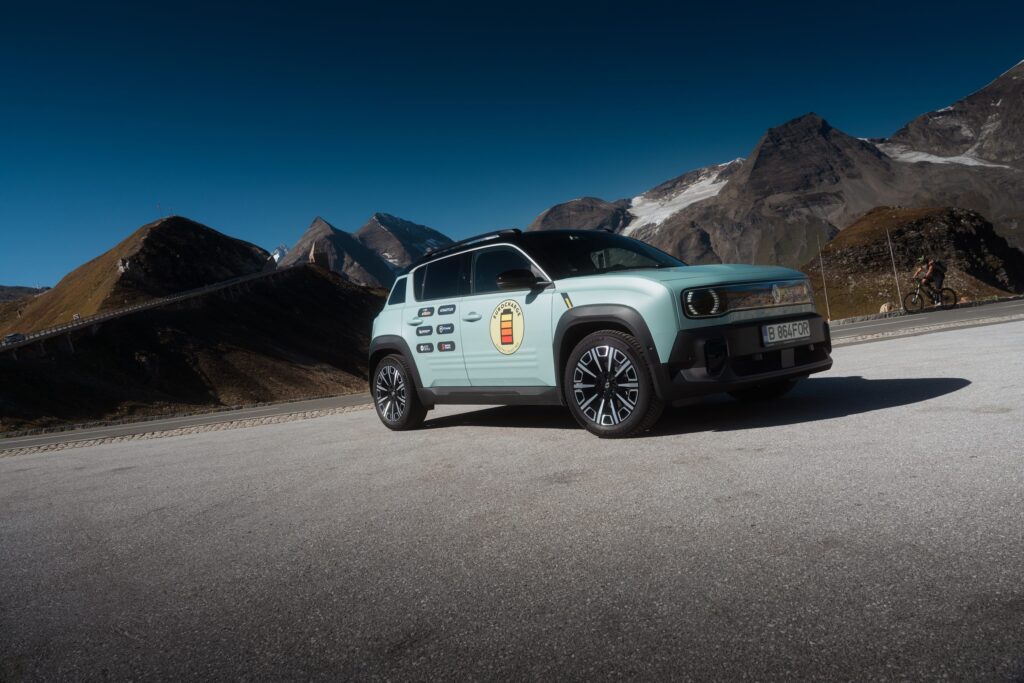
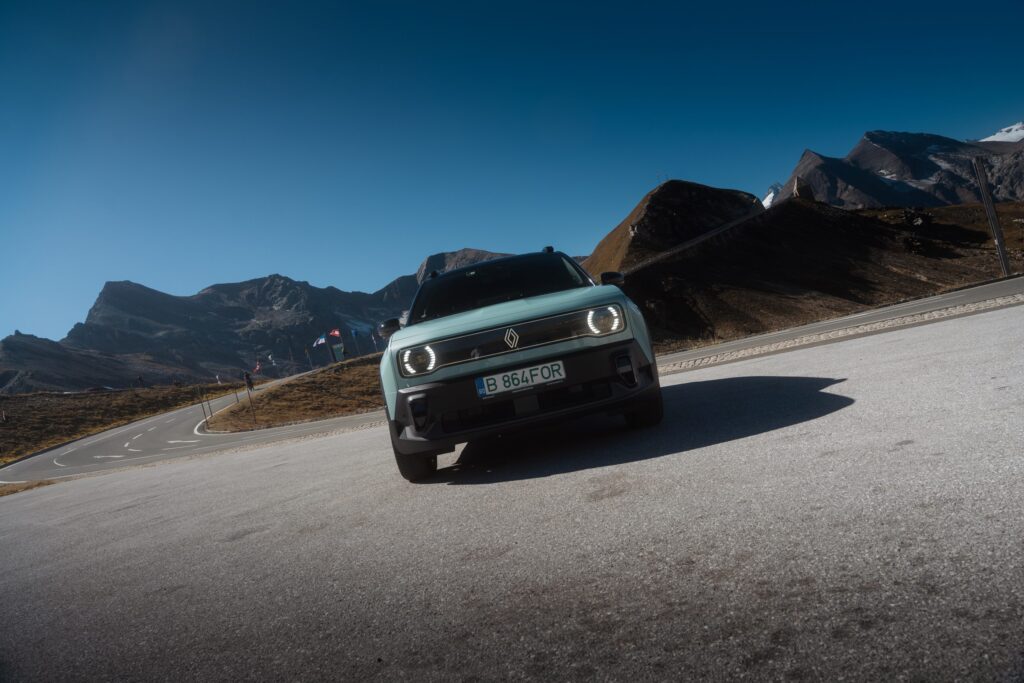
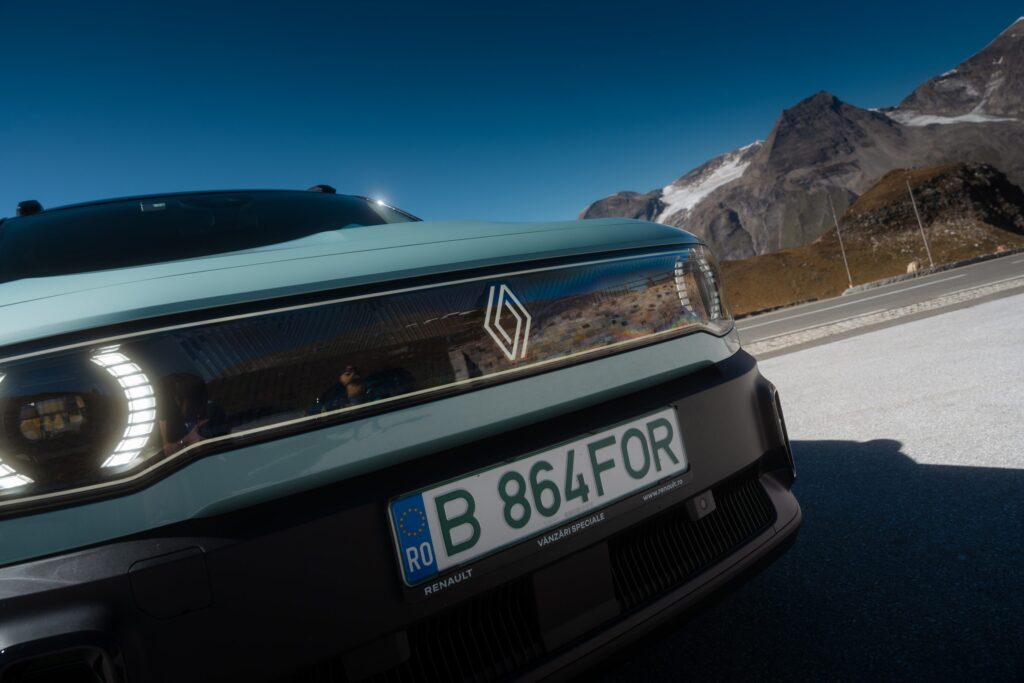
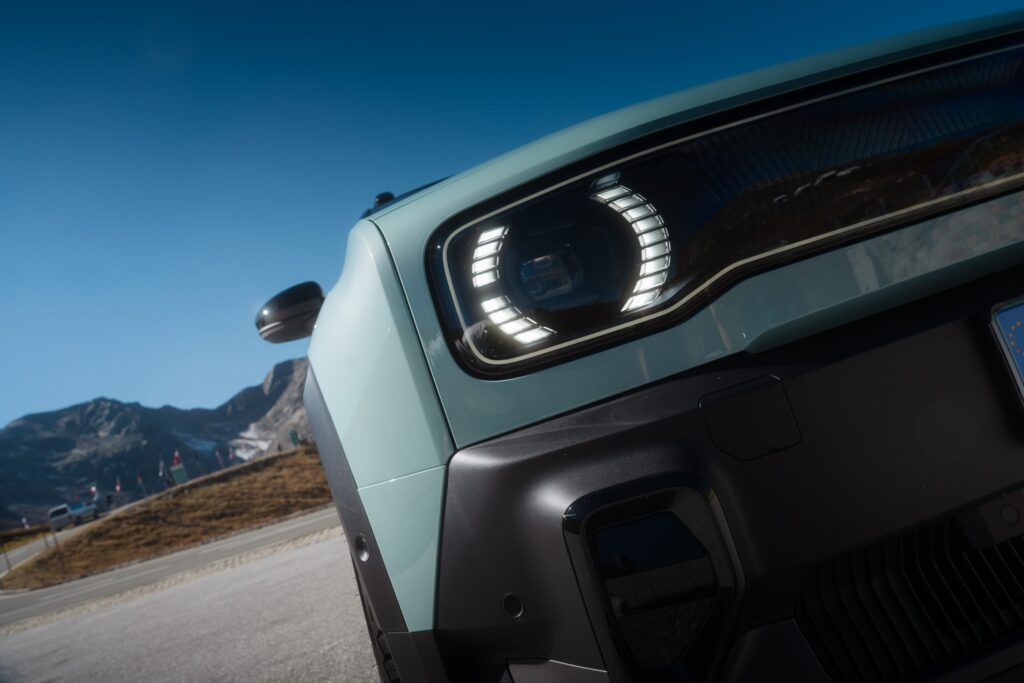
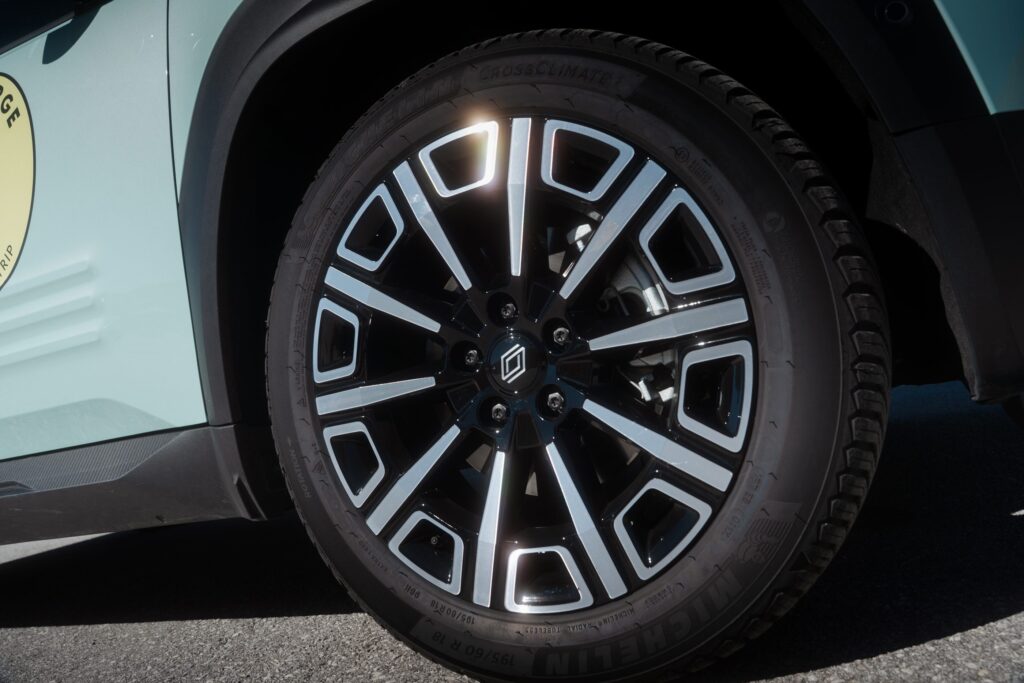
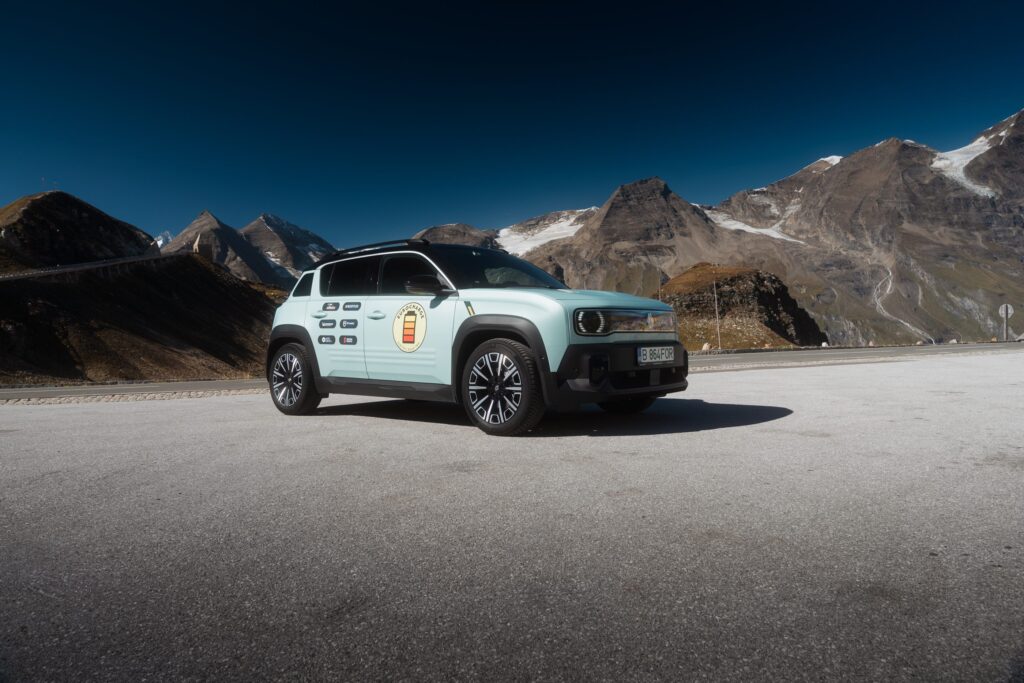
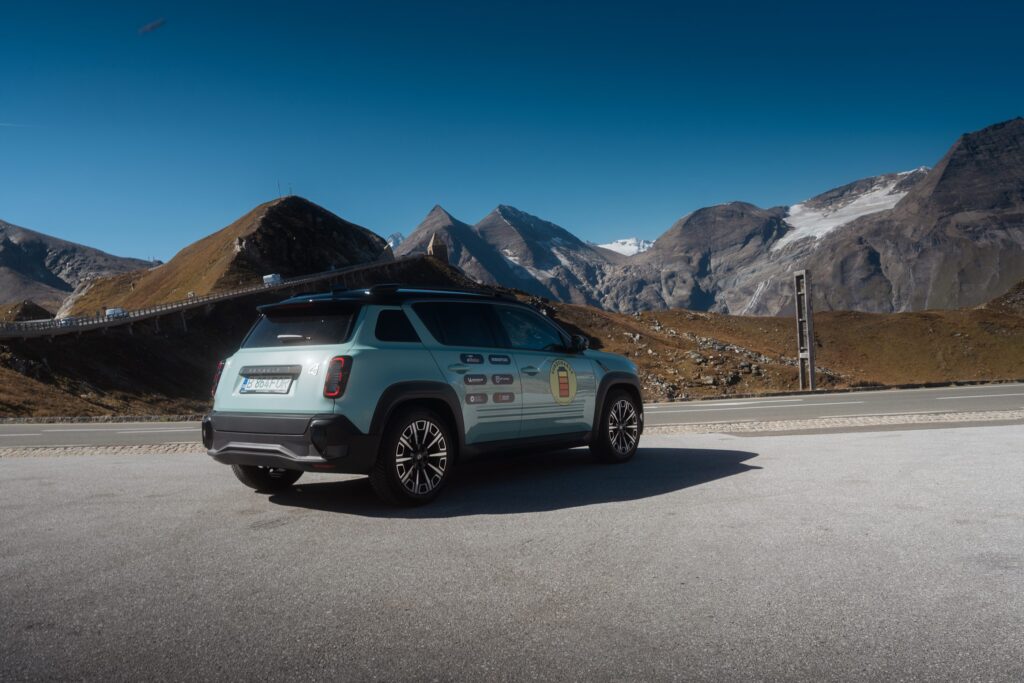
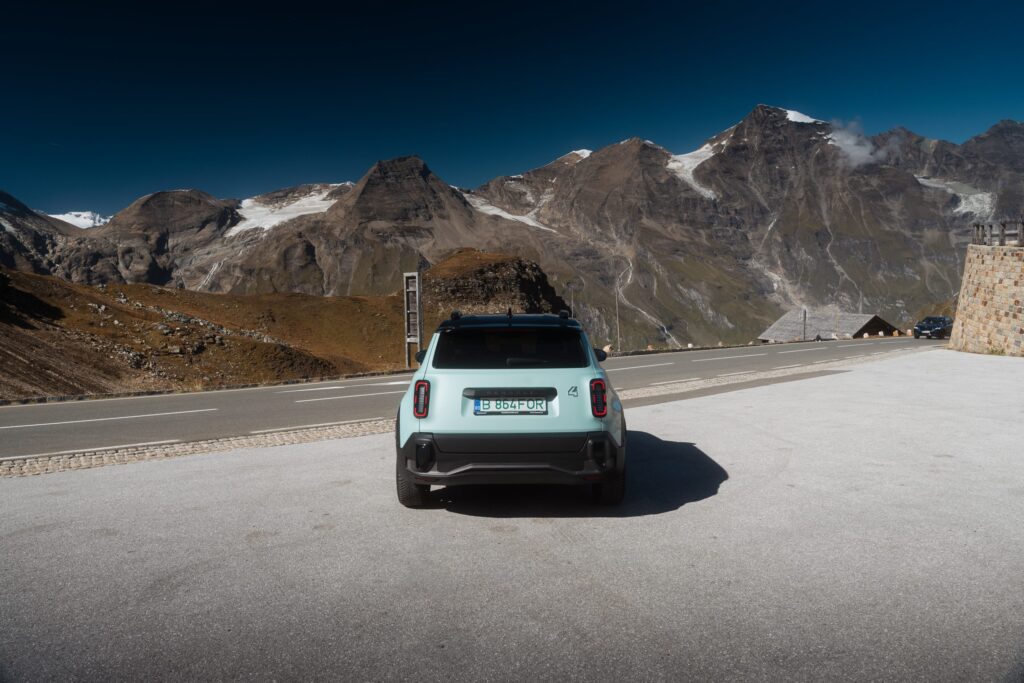
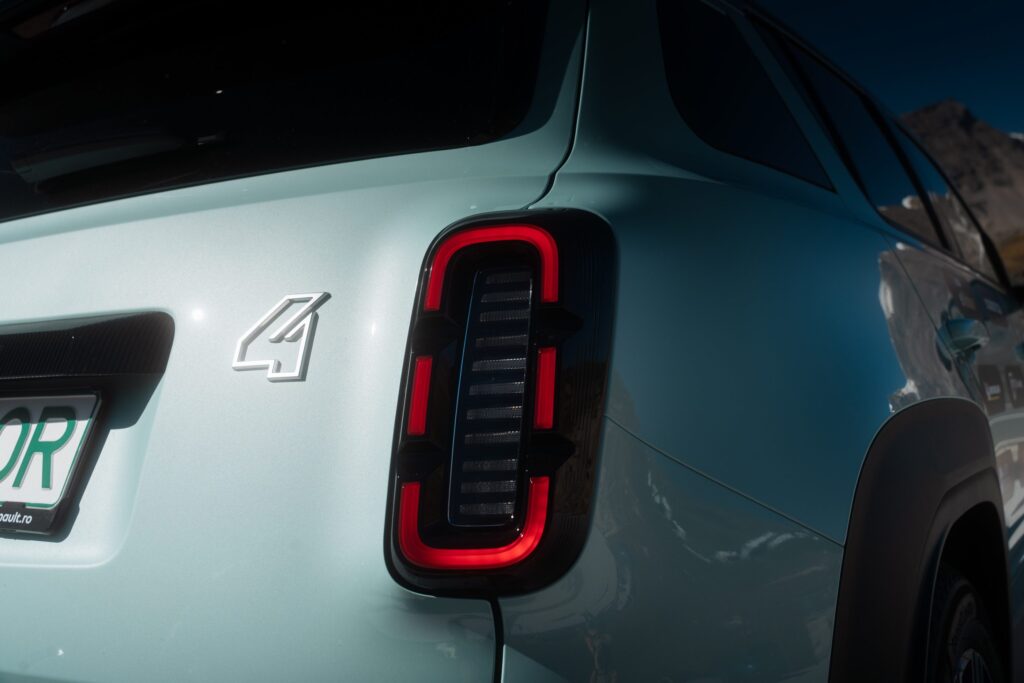
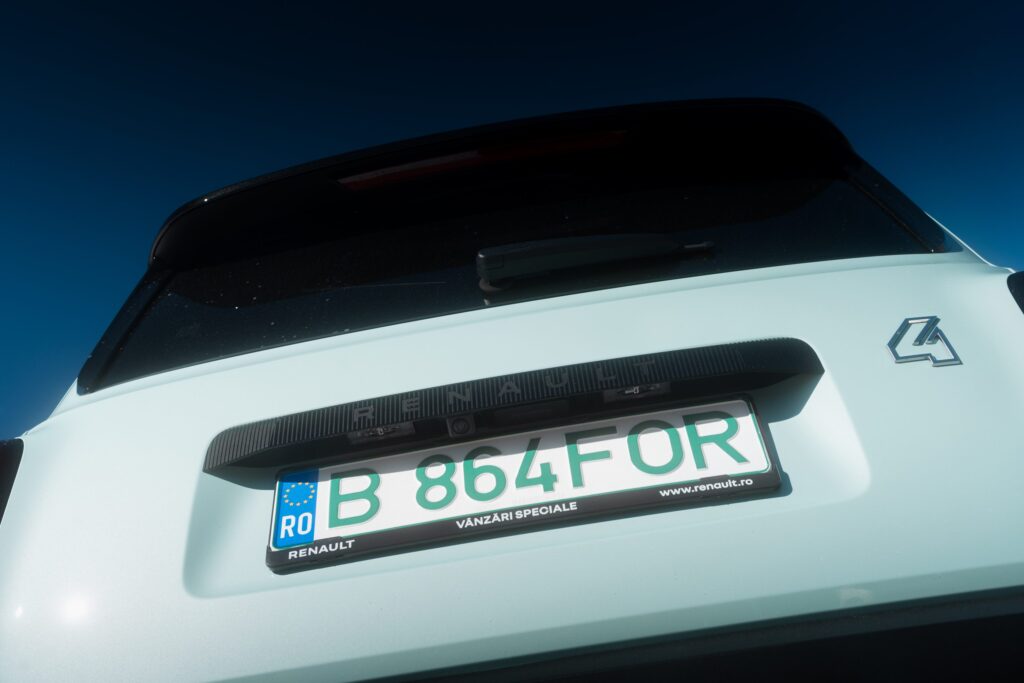
Conclusions and observations
- Energy efficiency: With a weighted average fuel consumption of just 17.3 kWh/100 km, the Renault 4 was one of the most efficient cars on the tour. It was most efficient on alpine passes, where energy consumption revolved around the following values: 13.8, 14.8 and 15 kWh/100 km.
- Charging speed, a compromise: Theoretically, the 100-kW limit on charging is the main trade-off. The R4 spent the longest time charging of the B-segment cars (605 minutes) and almost double that of the top models with 800V architecture.
- Actual range: The average range of 309 km is appropriate for the 52-kWh battery. The average range peak of 377 km, reached on the day spent on the Stelvio Pass, again proves that long uphill and downhill days are the most favourable for EVs.
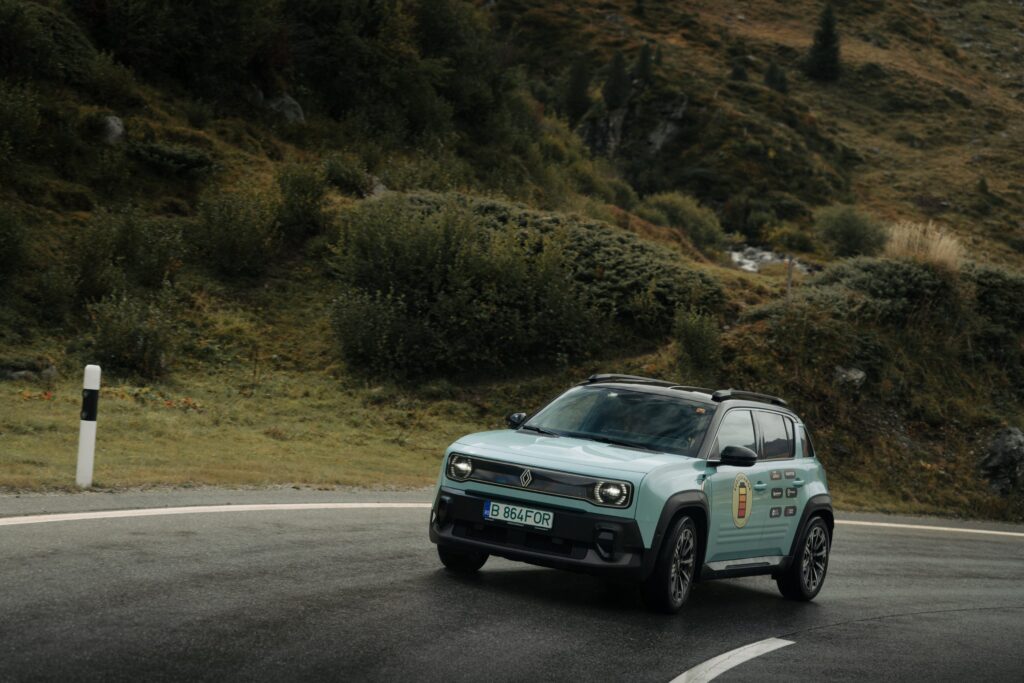
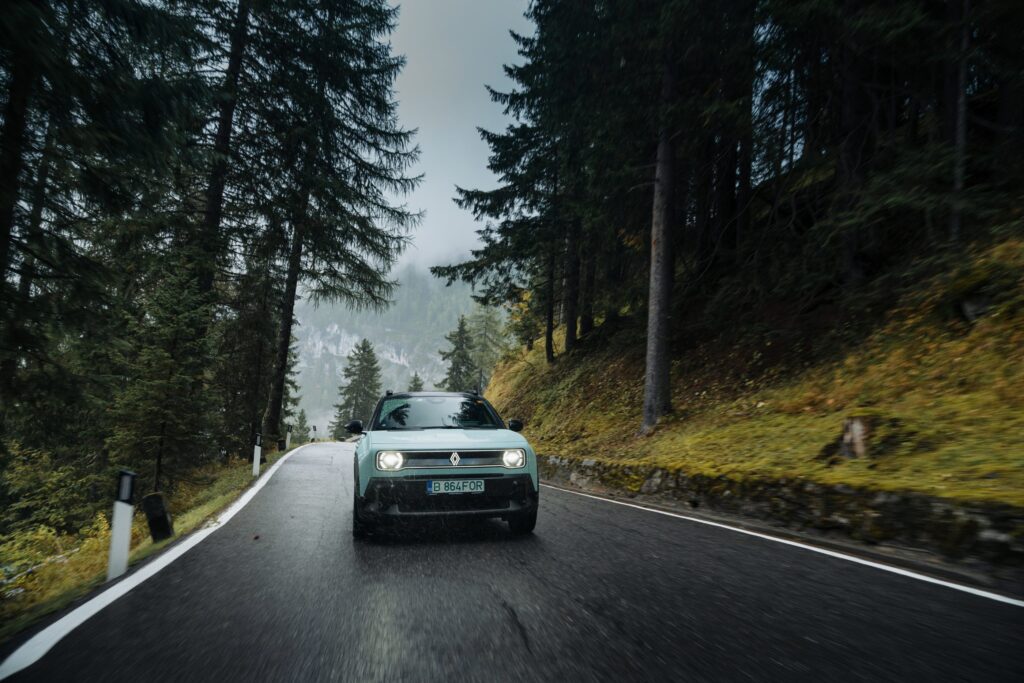
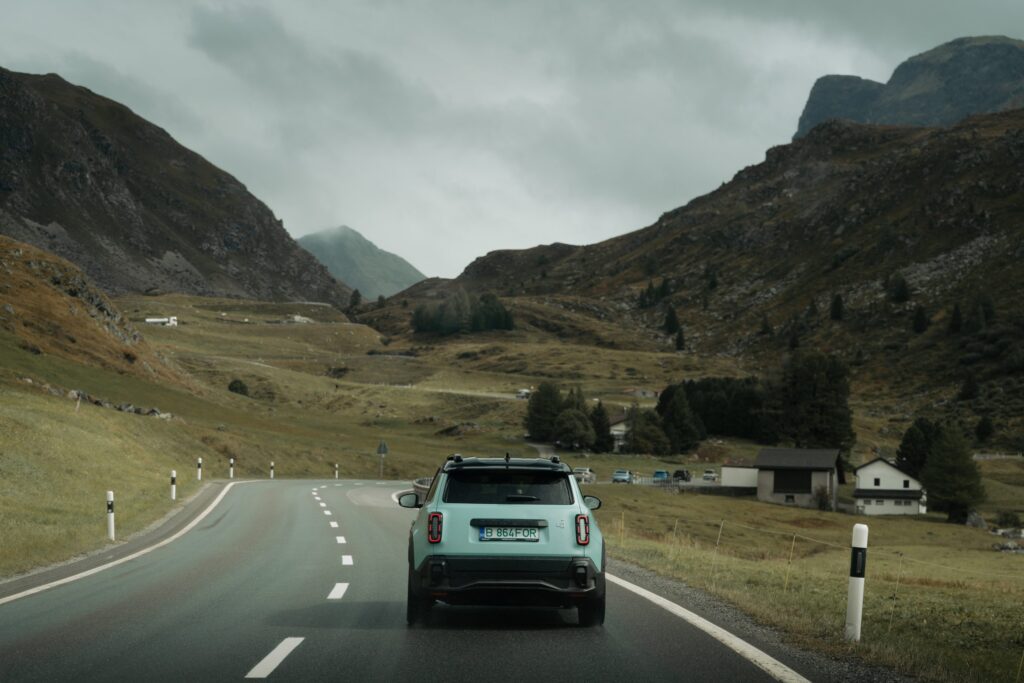
Impressions of those who drove the Renault 4 in EUROCHARGE by Schaeffler
Marco Badea (Explicativ.com)
I drove the Renault 4 from Bucharest halfway up the Transfăgărășan. It’s a car I befriended because it doesn’t betray you. It delivers exactly what it promises. I got good figures, especially as the regenerative braking worked very well on the downhill (the battery’s energy levels went from 45% to 50%).
The car held up well on long stretches, despite being designed more as a city car. In other words, the French from Renault didn’t let me down this time either. It offers real range, on-road stability, power and comfort.
The Renault 4 is an honest electric. I think that would be an appropriate description.
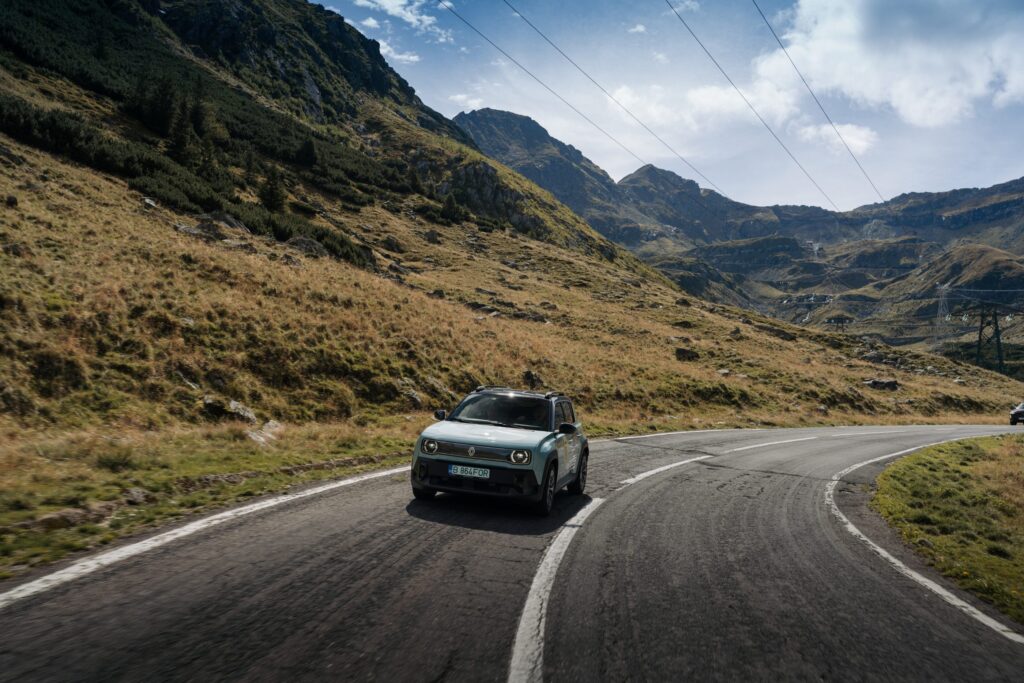
Mircea Mester (Autocritica)
Everyone points at the Renault 4 and calls it “the little one”. Now, the thing is, it’s only small because it’s sitting at the same table on our electric road trip through the Alps with giants like the Volvo EX90 or Audi A6 e-tron. In Romanian, and on a measured scale, the R4 is Captur-sized. And frankly, how many of us haven’t seen families vacationing in Greece in cars like this, possibly with an extra trunk on the roof? So yes, it can be a proper family car – last time I checked, there’s no such thing as a family concept, quite the contrary.
But beyond the centimeters, this R4 has something others can’t buy with all the money in the world: soul. This retro recipe the French keep inventing, starting with the R5 brother, is absolutely delicious. It’s a style statement on four wheels. And this blue on our car teleports you straight to an 80s Polaroid of the Côte d’Azur with French music in the background. It’s a car that puts a smile on your face before you even turn the knob.
Until I tested its dynamics, I was struck by pragmatism. I confess, I was set on the kind of roominess you usually find in B-segment SUVs. I expected compromises. Well, into the R4’s trunk fit, without begging or arguing, two trolleys – two people’s luggage for 12 days – plus two hefty backpacks. I got a bit stuck, and Vasilescu set about filming the miracle.
OK, it looks good, it’s roomy. But how does it work? Here comes the second surprise. This car has fantastic balance. Yesterday, day two, I clocked over 400 miles, 85% highway. At the end of the day, the on-board computer showed a very low fuel consumption for an electric in these conditions: less than 18 kWh/100 km (more precisely, 17.9 kWh/100 km). Which, in real life, translates to a range of almost 300 kilometers. That’s in this context, which is not very electric-friendly.
To be fair to the end, I was also “helped” by the stretches of highway under construction in Austria with 80 and 100 km/h limits. But where I could, the speedometer needle stuck to 130 km/h.
To cover that distance, we charged twice. Once at noon, at the Romanian Mecca of Parndorf, this Mega with textiles, where we spent 61 minutes to bring the battery from 19% to 100%, but in the meantime we ate, so we didn’t feel the time per se. The second stop was at an OMV eMotion station in Austria (St. Valentin, a gorgeous newly opened hub where you have 22 ultra-fast stations under one roof) , where in 34 minutes the battery went from 19% to 89%. It charges at 100 kW, so not exactly stellar, but it helps (in this case) that the battery is small and fills up quickly. Maybe Renault get their act together a bit and up those charging powers on facelifts and new generations – it’s about the only pointless discussion generated after testing them.
Overall, what do you expect from the Renault 4? It’s an extremely likeable car. Well-balanced, not too sporty, but it does the job it was built to do. It’s not the car to break your neck at the accelerator, but the one that puts a smile on your face and gets you to your destination efficiently and in style.
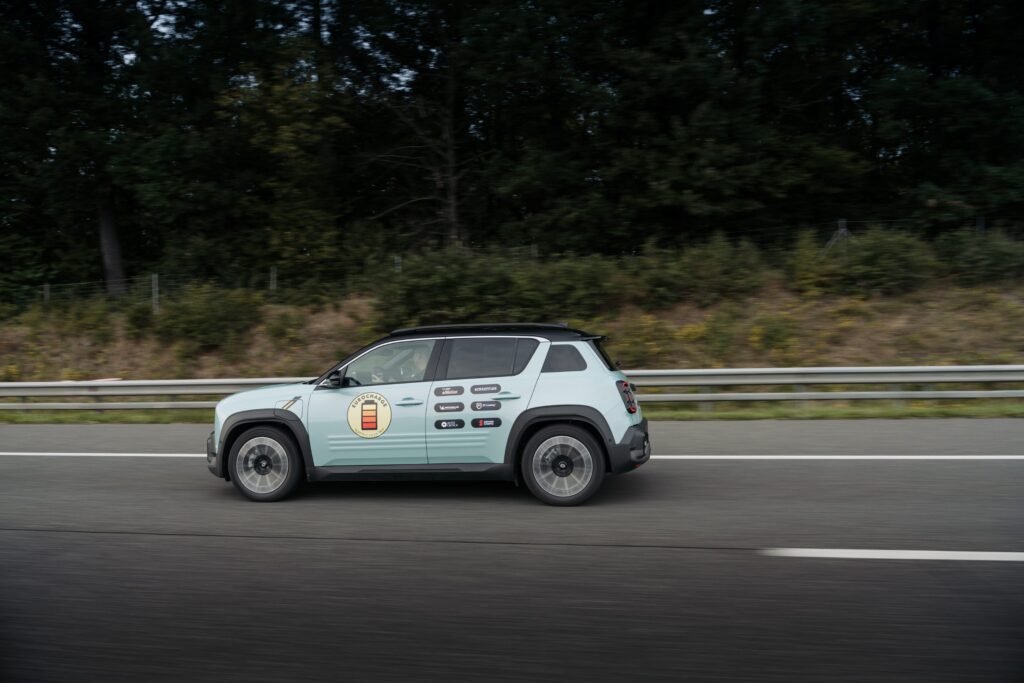
Constantin Ciobanu (Autocritica, Adevărul Auto)
As soon as you take the highway off the menu, the Renault 4 shines. On the highway it’s limited in its expression given the 52 kWh of usable battery capacity, but in terms of efficiency it’s on a par with the rest of the pack. Did I say it shines? Well, the first part of today’s drive over the Grossglockner Pass resulted in an average fuel consumption of 13.8 kWh/100 km driven. Yes, the Renault 4 is trained to perform urban and at speeds up to 90 km/h. In this range it is one of the most efficient models.
I welcome the fact that you can choose between four regenerative braking gears, the last gear (the most aggressive – it’s the ‘one pedal’ mode). On a mountain pass it becomes a very exciting game to use the regenerative braking gears combined with anticipation to combine a smooth driving style with maximum efficiency.
But perhaps most of all I like the fact that the Renault 4 is a normal car. Renault has given it a memorable exterior design, but it hasn’t turned the car into some kind of jewel with a prohibitively expensive price tag attached. It’s a chic, everyday car that drives sensationally pleasant on twisty roads.
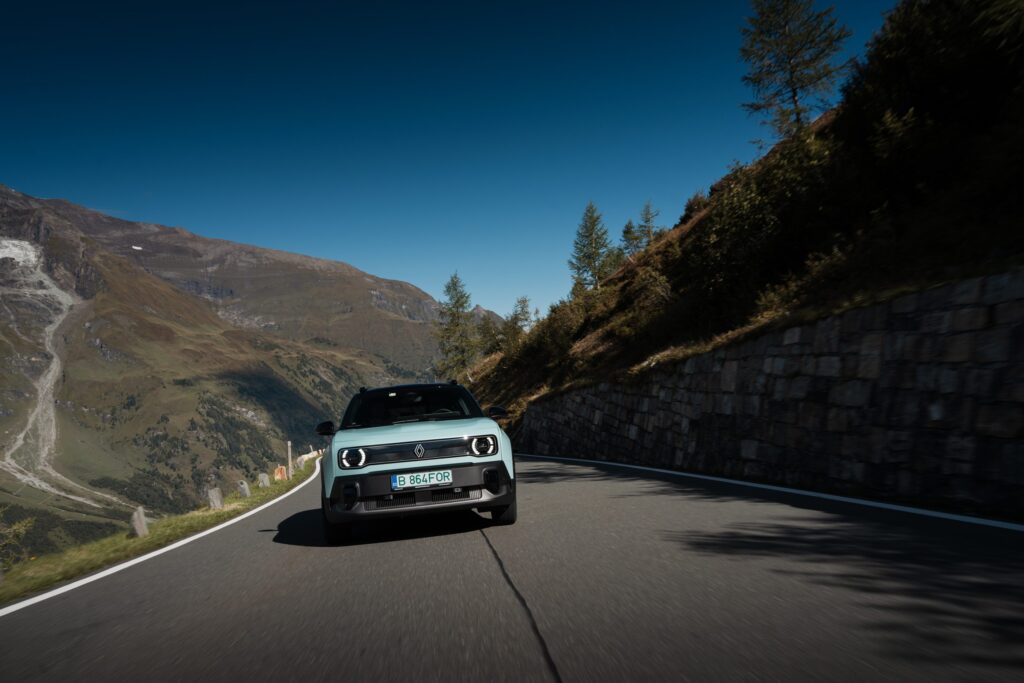
Dragoș Băltățeanu (Autocritica, Auto Test)
The Renault 4 is one of the most successful electric models produced by the French manufacturer in recent times. In addition to its retro design that evokes the classic R4, the new model is a pleasure to drive on any type of road. What’s more, it’s ideal in the city, more comfortable and more practical than its Renault 5 sibling.
You can adjust the amount of energy it recovers through deceleration with the two paddle pads on the steering wheel, or turn it into a ‘one pedal car’ that’s very easy to control with just the accelerator pedal. And it handles twisty roads incredibly well!
I like the way it looks, Renault designers have managed to make a very modern interpretation of the classic R4. I’m not a fan of retro design, but in the case of the new Renault 4 and Renault 5, the design is more than successful.
But the most impressive thing is how efficiently it manages its 52 kWh battery. The consumption figures are excellent whether you’re driving on the highway or a national road. After the day we left Austria via three mountain passes, we covered a total of 532 kilometers with a consumption value of 14.8 kWh/100 km.
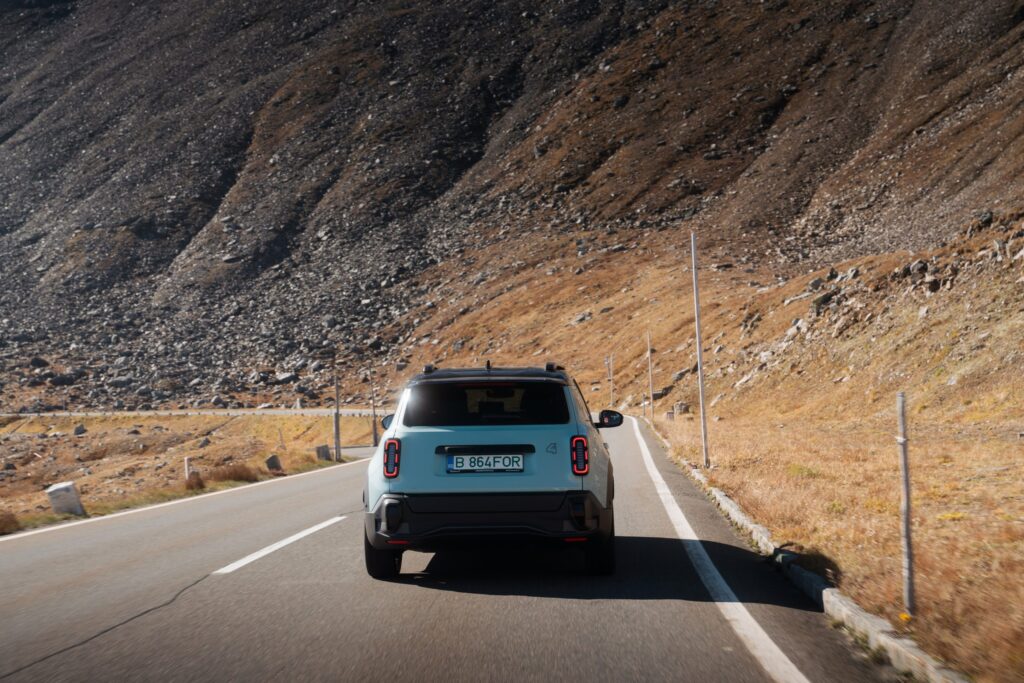
Alin Ionescu (Mașinistul)
This retro-futuristic design recipe is not new, but it doesn’t always work. We have many examples of this, but also many dismal failures. Even in this era of transition to electric propulsion, several manufacturers have resurrected resonant names to launch models that bear no relation to their predecessors. Fortunately, that’s not the case here.
The Renault 4 is not only reminiscent of the ‘Quatrelle’, but also practical. The 5’s big brother (also electrically reborn) manages to be more of an urban vehicle, its 2.6-meter wheelbase leaving more room for rear passengers, but especially luggage. It’s still cramped in the back for the ideal family car, but where front-seat occupants don’t exceed 5’7″ in height, there’s decent knee room for those in the back seat.
The French have taste when it comes to combining modern technology (generous on-board screens, Android Auto, efficient assistance systems) with retro materials and shapes. Like the exterior, the interior of the Renault 4 is very pleasant, reminiscent in places of the original 1961 model. When it comes to retro-inspired design, the line between good taste and kitsch is very fine. The French have really done an excellent job.
With 150 hp and a 1.5-tonne kerb weight, it moves well. It’s also very pleasant to drive, the soft controls needing only a short getting used to. The suspension is excellently tuned (it also helps that it’s not a very heavy car like most electrics), the steering is confident, the moderate roll conveys the car’s intentions very well, and the ride comfort is remarkable. Writing these impressions after a day of driving through three of Switzerland’s most beautiful mountain roads, it’s clear that Renault has made a good car dynamically as well.
But as nobody’s perfect in this world, the 4 isn’t without its weaknesses either. One of them would be the battery capacity, which, at 52 kWh usable, is only enough for 250 km in highway mode. Nor is the maximum charging power of 100 kW something to brag about in 2025. But in a mixed-use, predominantly urban, extra-urban commute of a few dozen kilometers a day, with slow overnight or office charging, the Renault 4 could be not only the perfect car, but also a reason to smile every day.
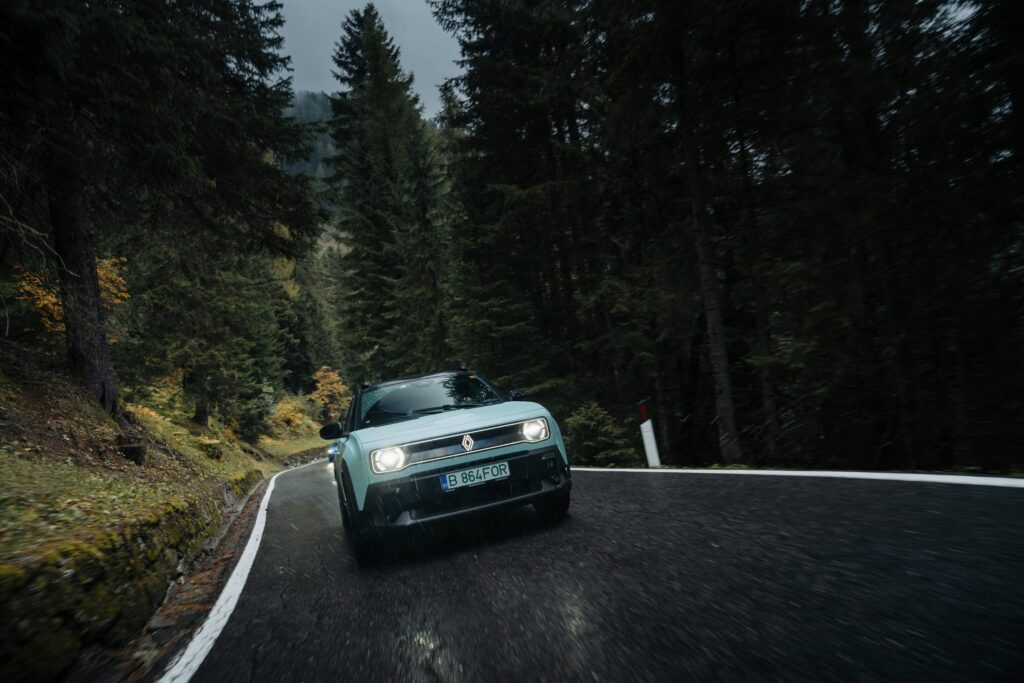
Laura Antonov (LaChicBoutique)
I’m sure every man has noticed that his girlfriend/wife has a pair of jeans in her closet that goes with everything: she wears them to the office, to the movies, when out with girlfriends, and even takes them on a city break booked at the last minute. My favorite pair of jeans is my safety net for those times when I don’t want to agonize over what to wear, but at the same time need to feel comfortable. It saves my day, goes anytime and is super chic.
This is exactly the feeling I got from the Renault 4. It’s a chic, spacious and versatile car, perfect for days on the run in the city as well as weekend getaways. This car is pure bliss! Crossing the Stelvio Pass today, at an altitude of 2,758 meters (plus 2 other passes in the Italian Alps), without hassle and stress, confirmed that you can do whatever you want with this “little car”.
Thank you, Renault, for bringing retro chic back to the automotive world. My heart beats faster when I see a Renault 5, but for Fritz and Boris, my furry friends, with whom I dream of discovering Europe, I choose the Renault 4.
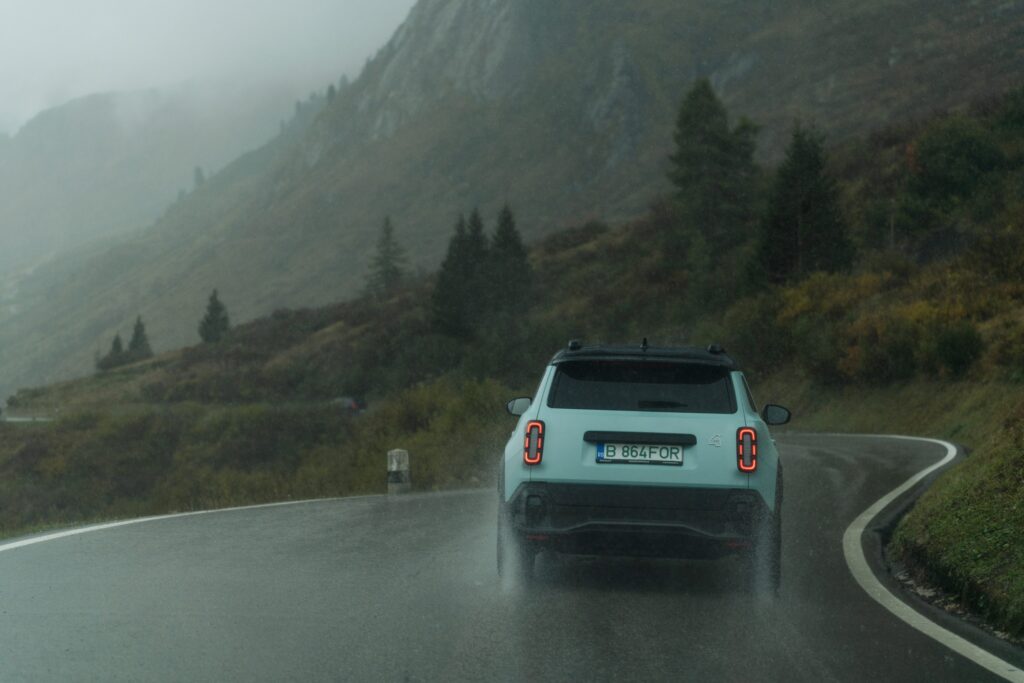
Gabi Nica (Cu și despre mașini)
I think we can all agree that Renault has been on an upward trend lately, especially when it comes to design.
For many manufacturers, the shift to electric cars has been a challenge, especially in terms of design. Not so for Renault, which decided it wouldn’t be a bad idea to bring back to the forefront both famous names from its history and their retro shapes. The Renault 4 is the latest member of this elite group.
But design aside, the Renault 4 is not just about the packaging, it’s also about the essence. It delivered in every way on this tour, especially on the twisty twists and turns of the Dolomites. Here, the short wheelbase and independent rear axle suspension made it a delight.
Some might say that 150 hp is not enough in this age of electric cars that often have double, triple or quadruple that. Maybe they might be right, if we were on some highway with no speed limit. But on twisties, the Renault 4 felt more than agile. It had just enough power to go hard, at the upper limit, without fear or loss of grip.
It looks like the Renault 4 name will live long and well from now on, delighting millions more customers with its sparkling personality and performance to match.
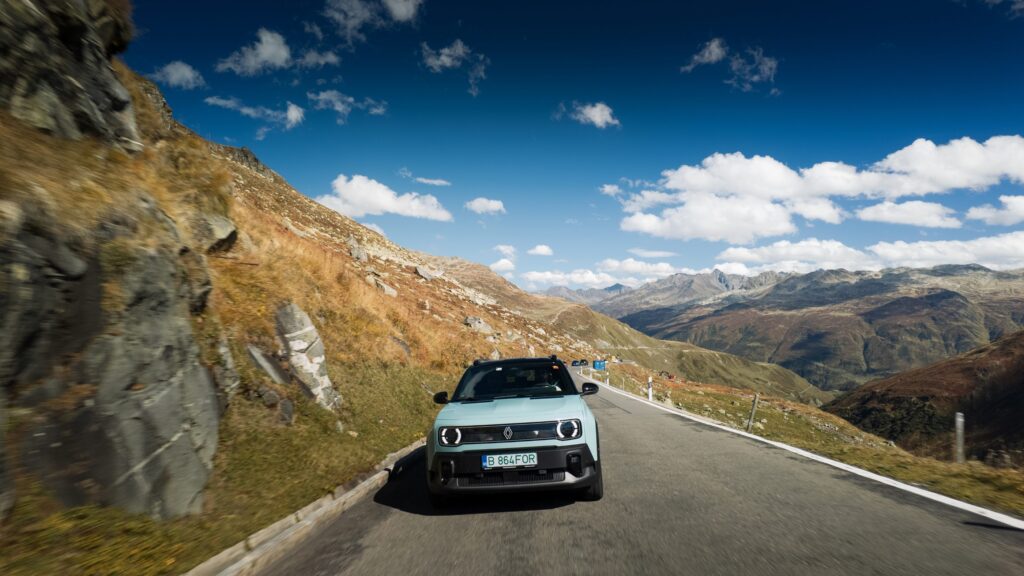
Radu Hângănuț (Euronews Romania)
Having a “city” car on the day that Eurocharge gives you 1,160 km to burn through might seem like spite. But not in 2025, and not when it comes to the Renault 4.
I like this idea of a car that continues the history of a model that made history in its time. Otherwise, in a world of car brands made up only of randomly chosen letters, what else are the Europeans going to flex with?
On a 99% highway day, the Renault 4 had an average consumption of 16.5 kWh/100 km. That means an actual calculated range of 315 km. Very little, compared to the official mixed figures (Renault says the WLTP mixed range is 397 km).
But a clarification is needed: highway in Austria and Hungary, on our route, meant either expressway limits or limits imposed by roadworks. For the rest, there were also the limits of common sense, that we didn’t go to the Alps to burn rubber and terrorize the marmots, but to test drive these cars for people who understand the purpose of an EV.
